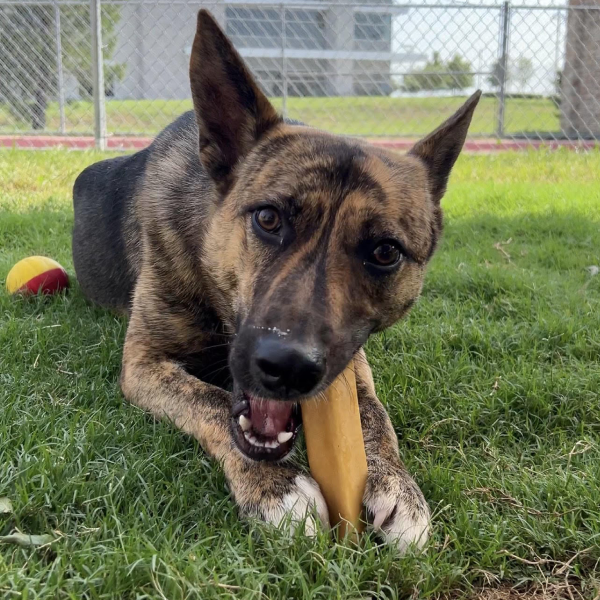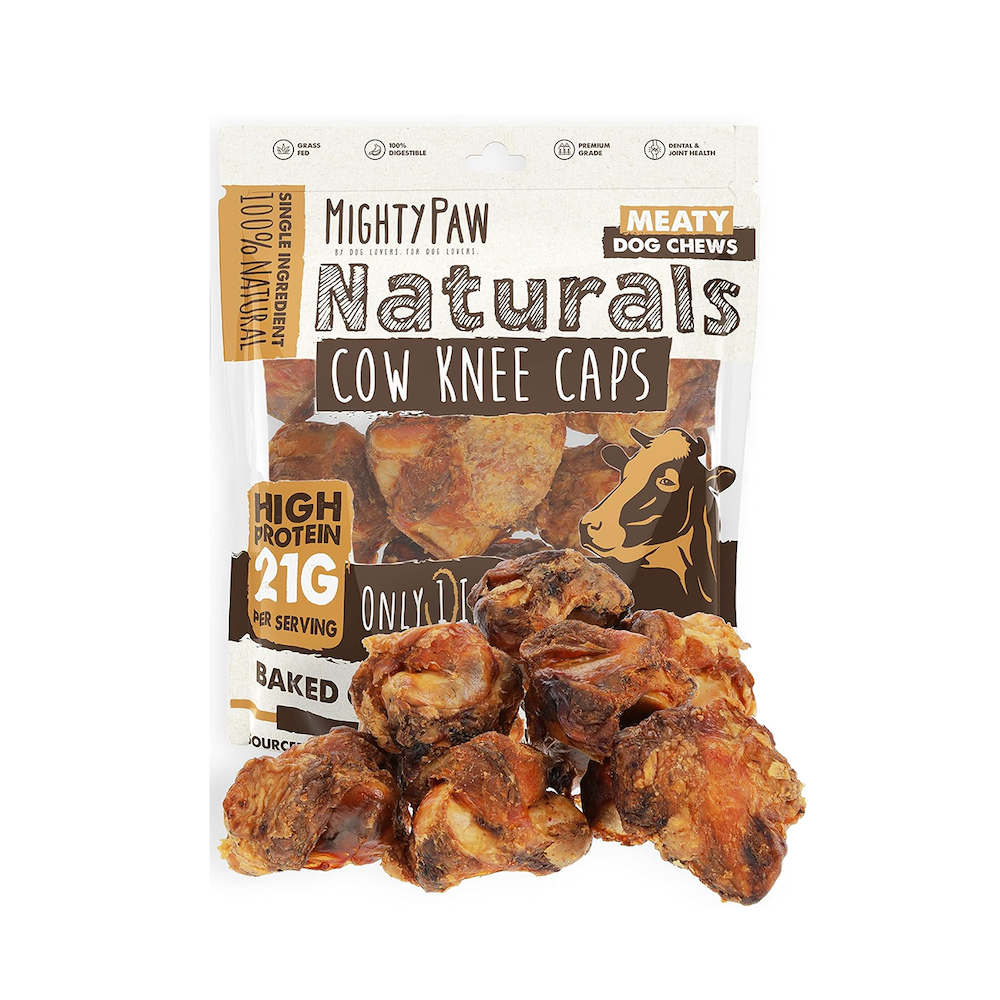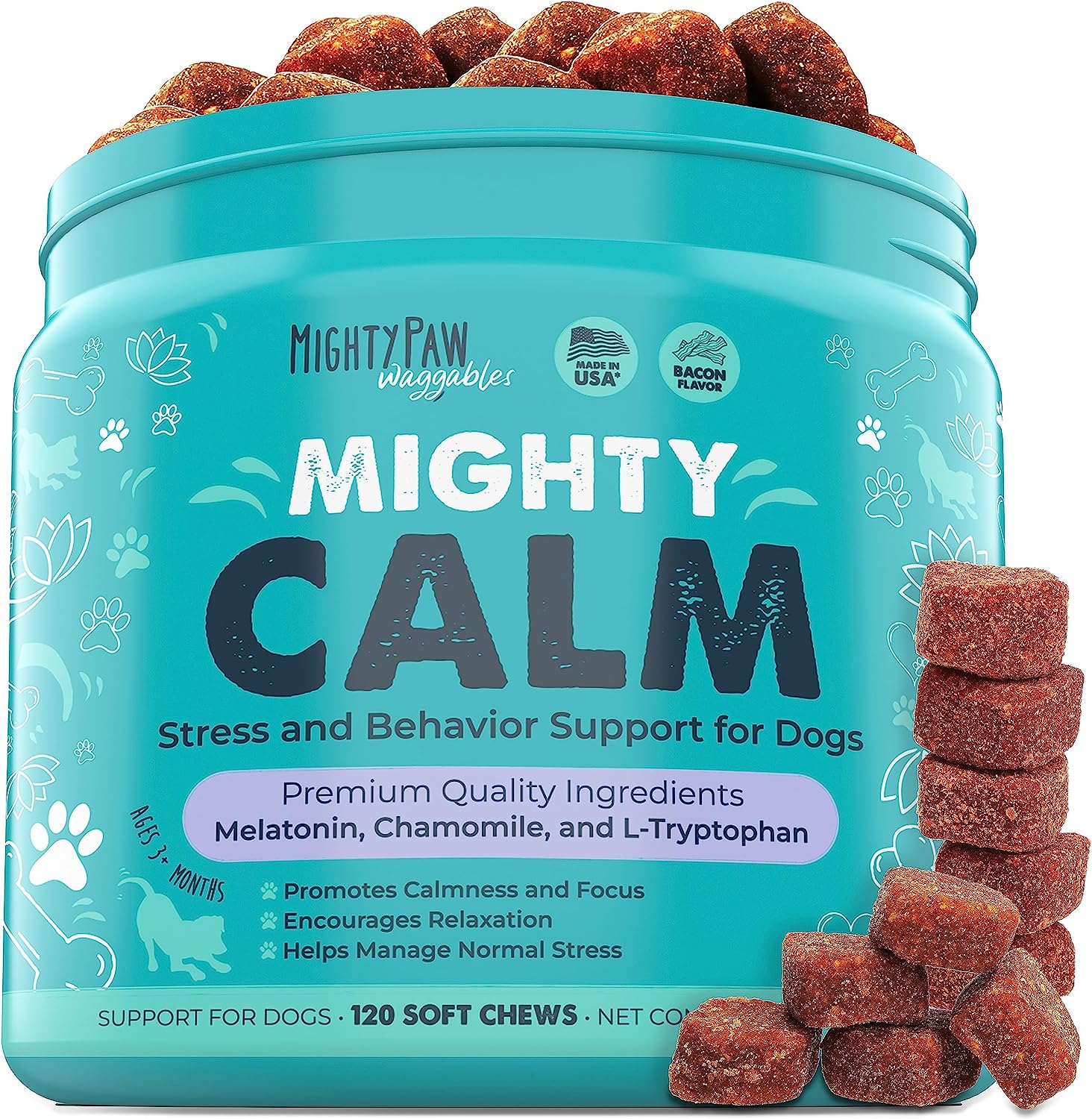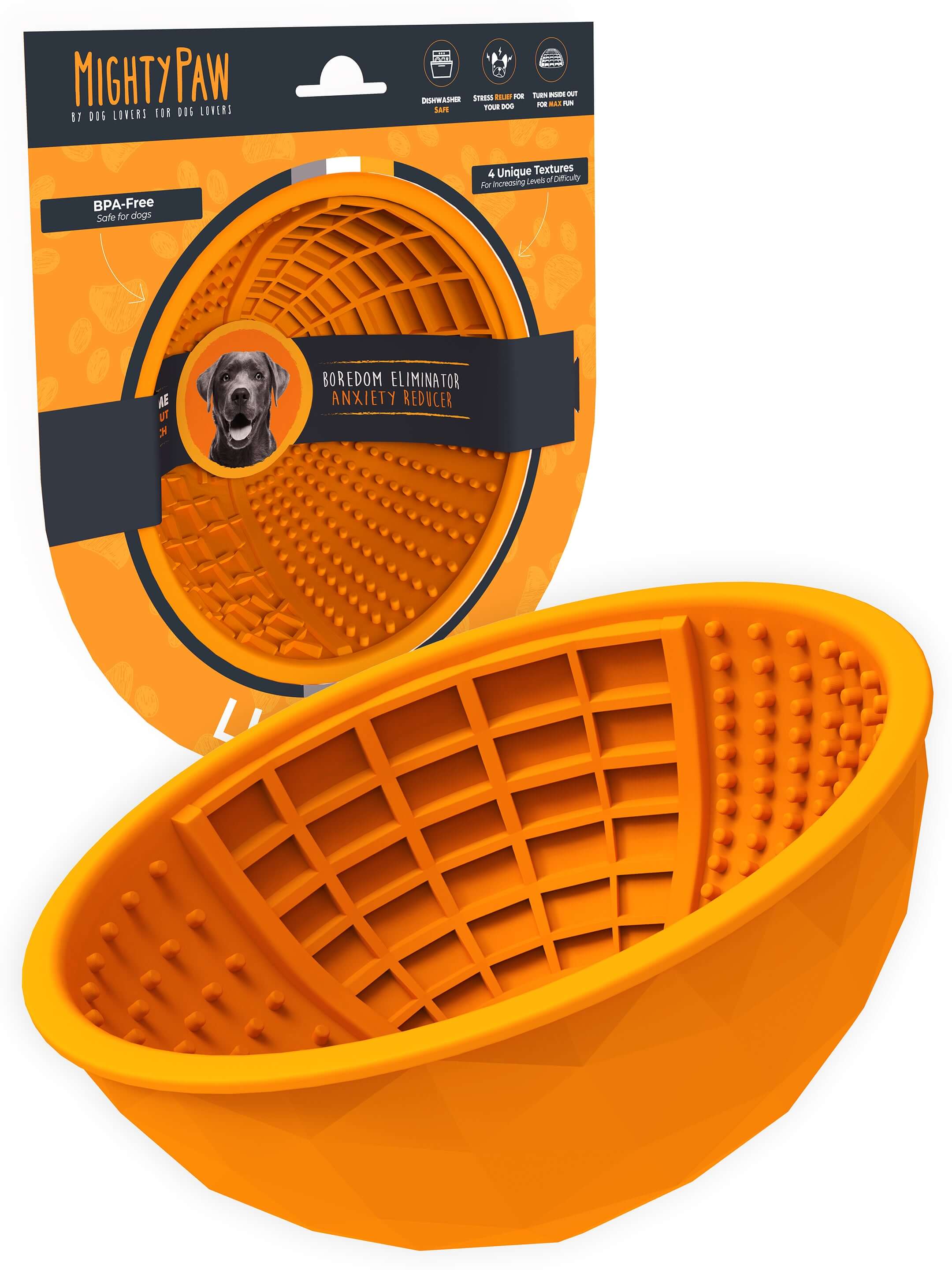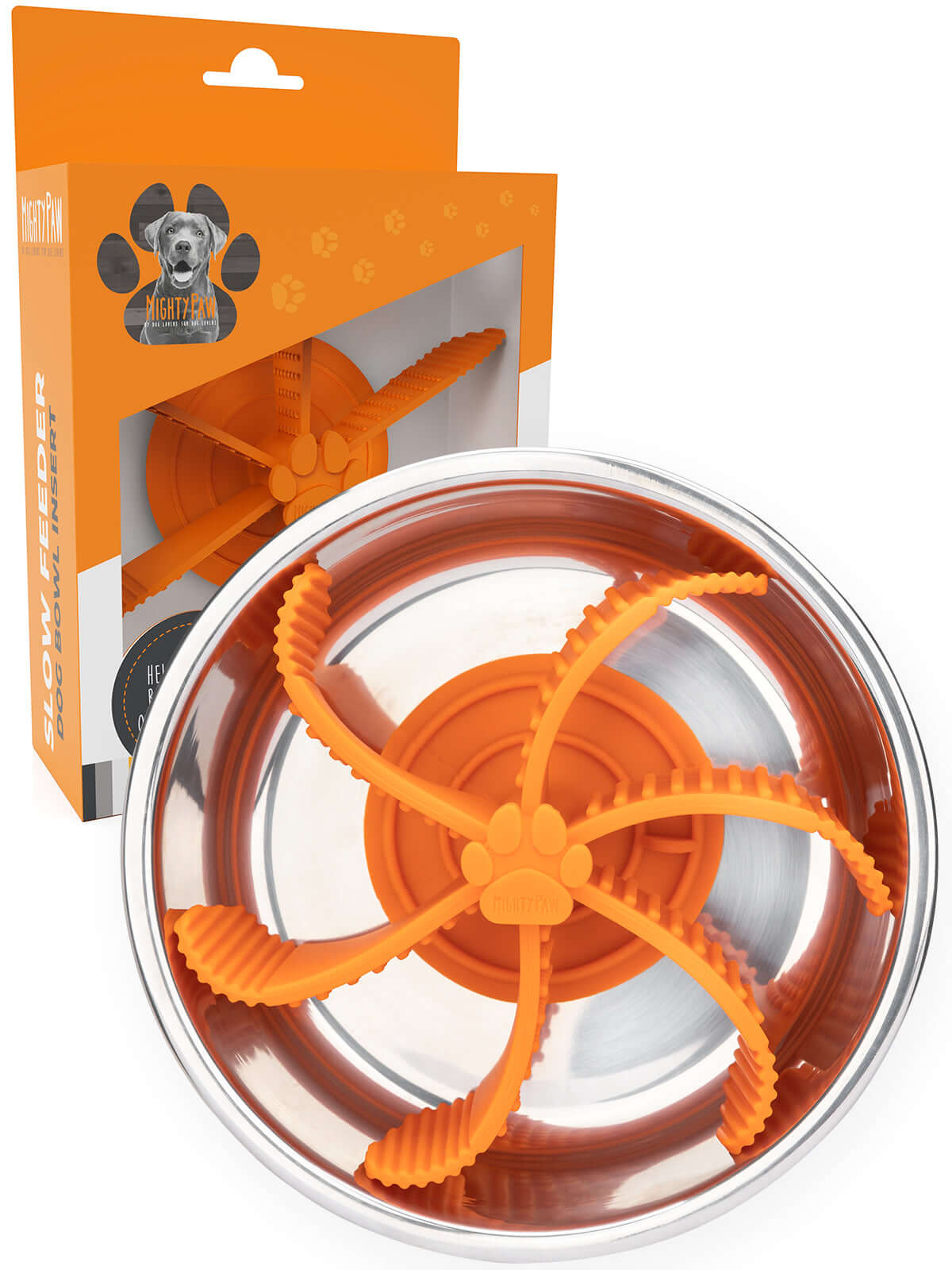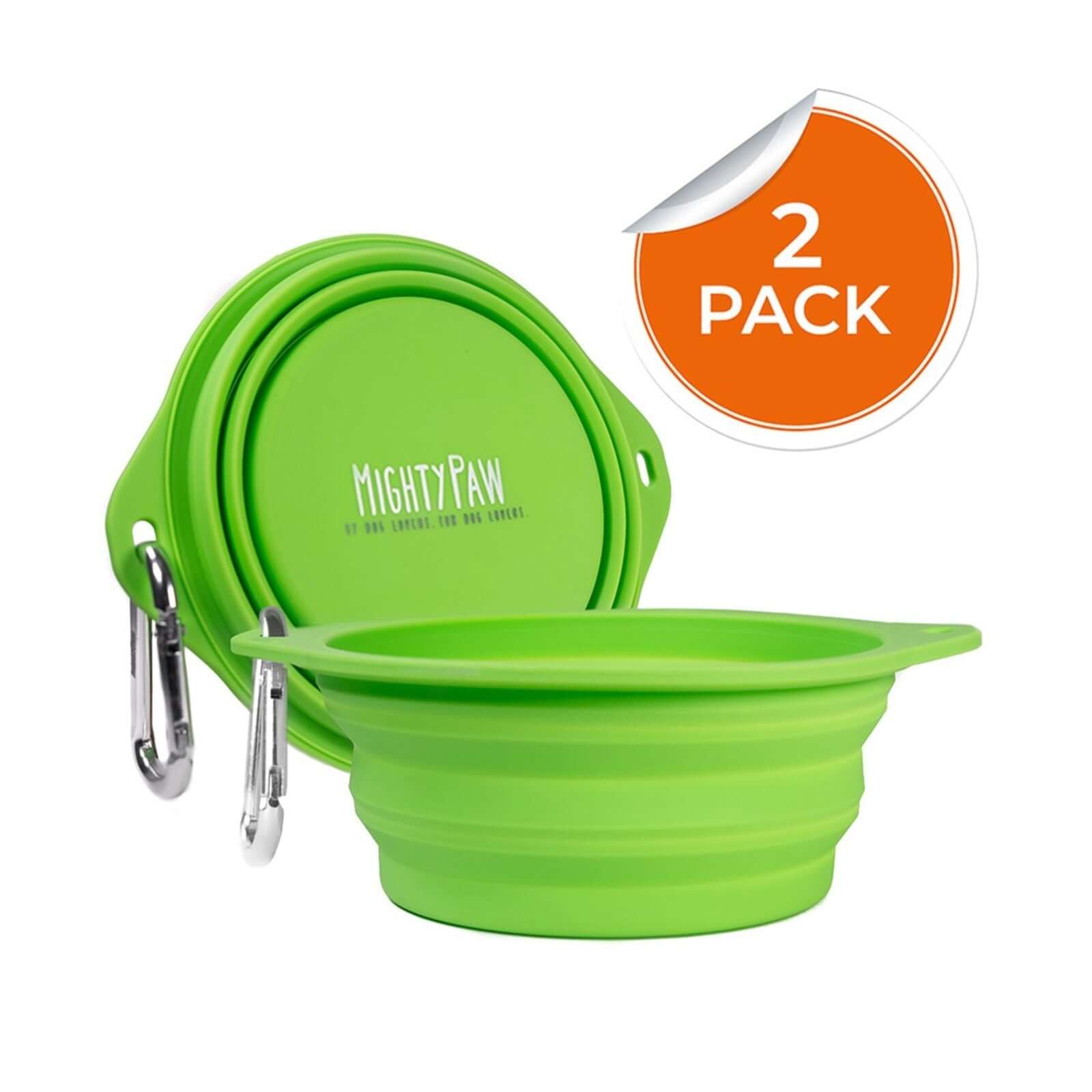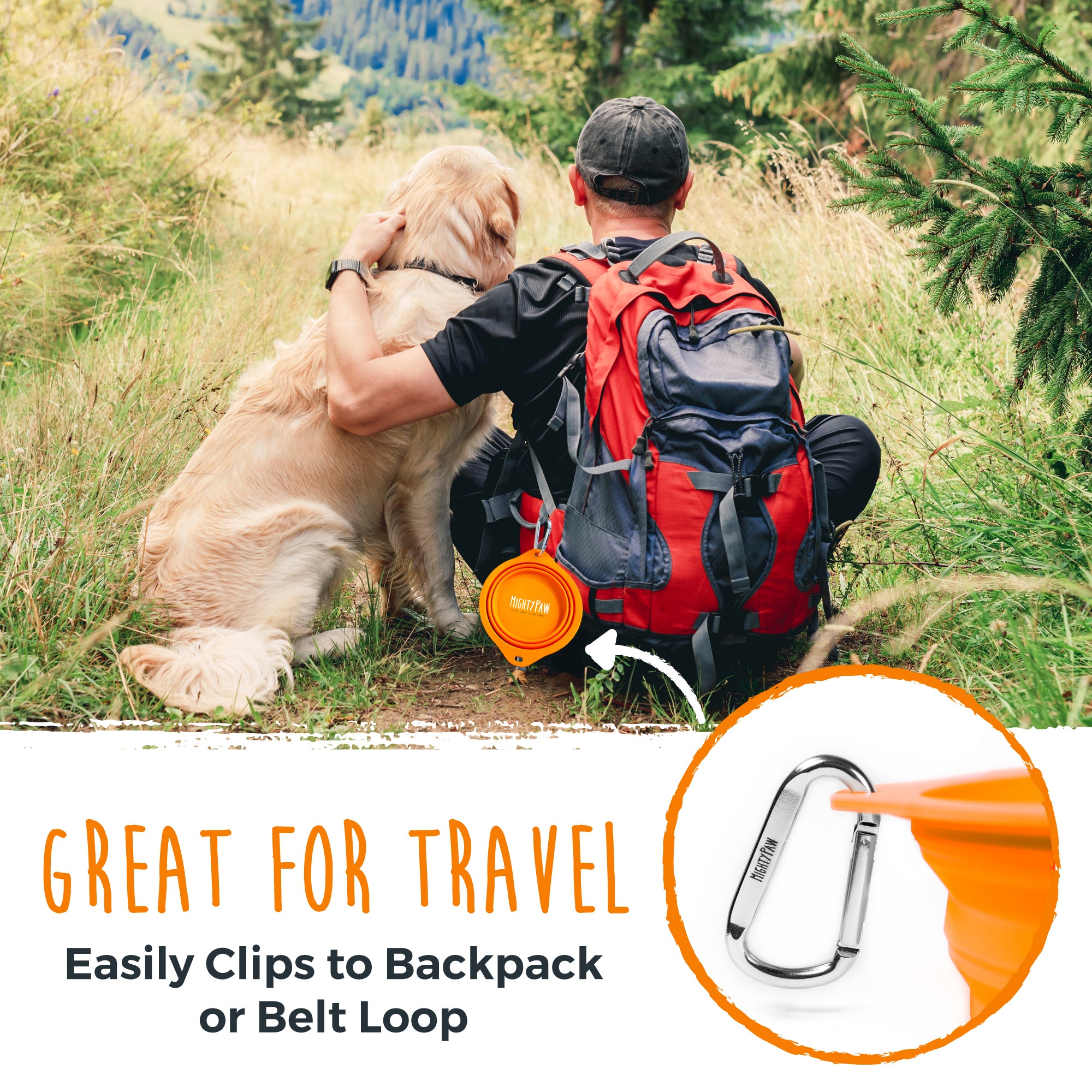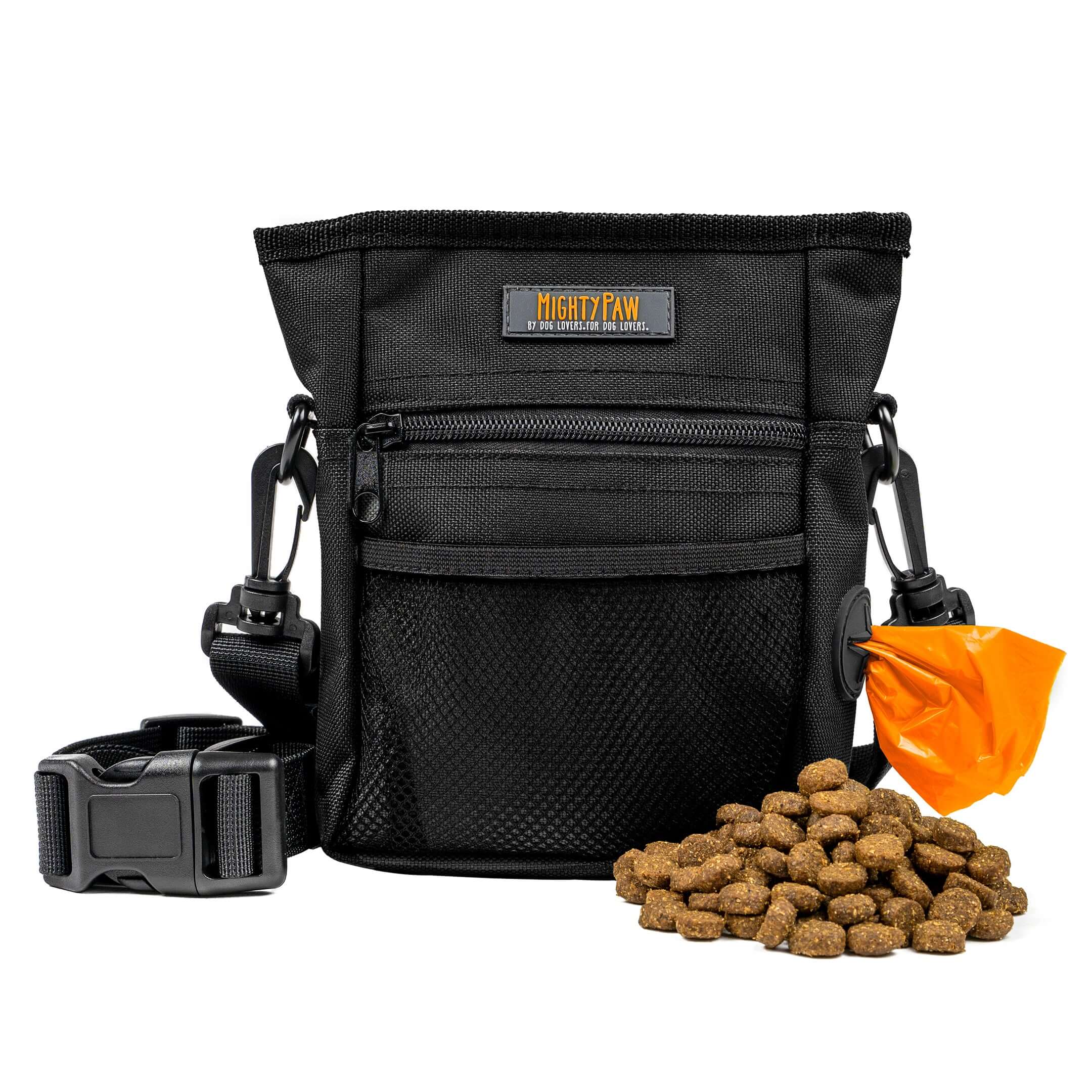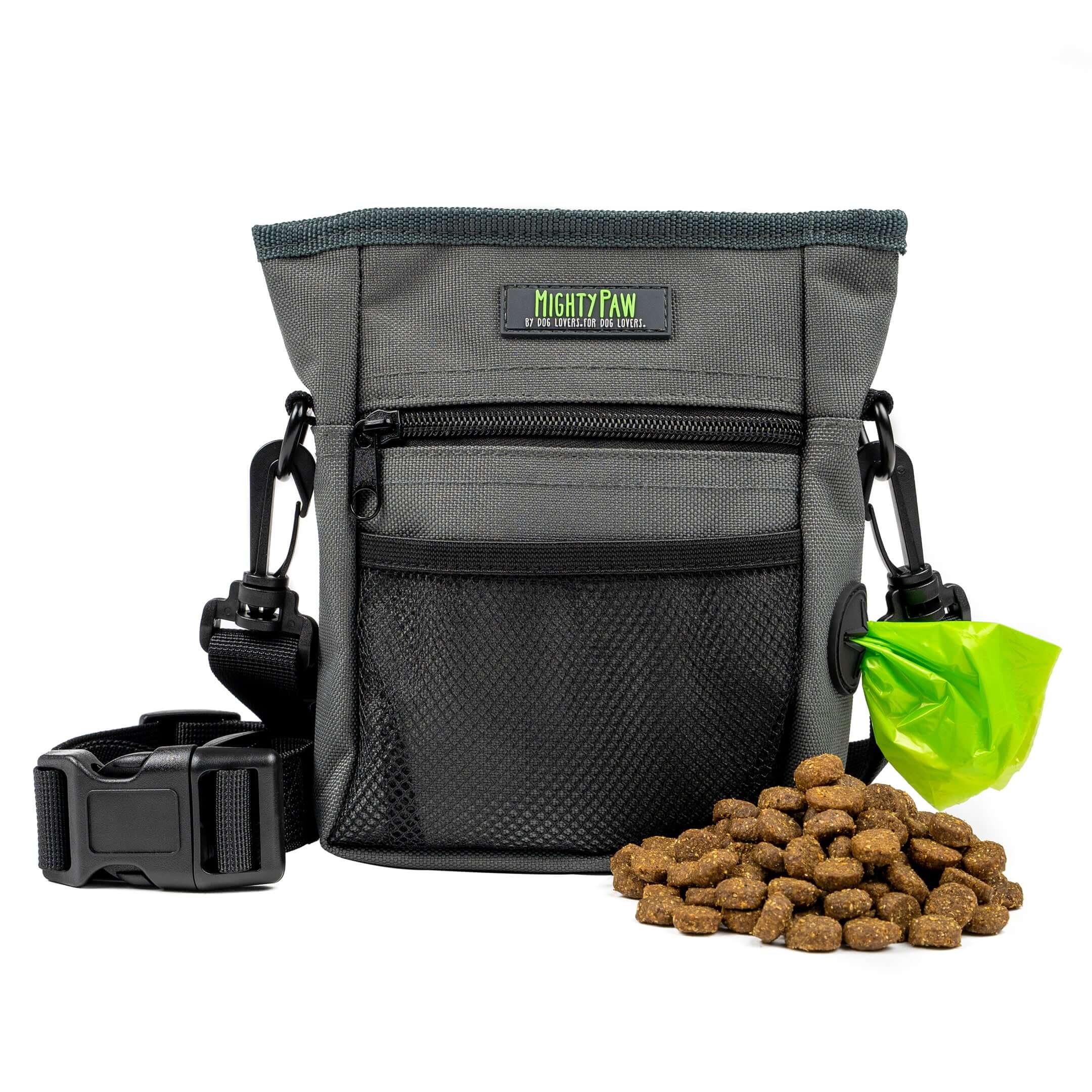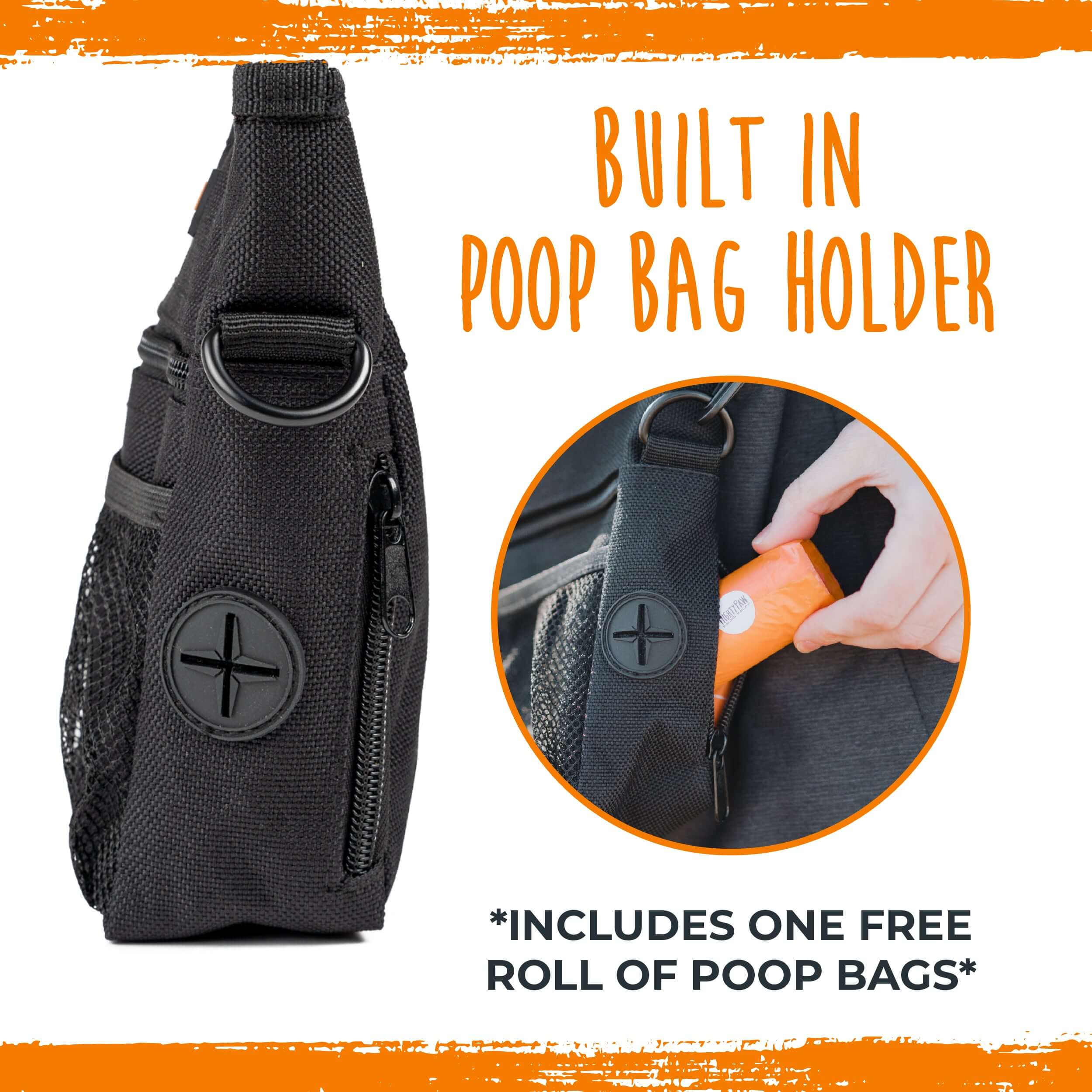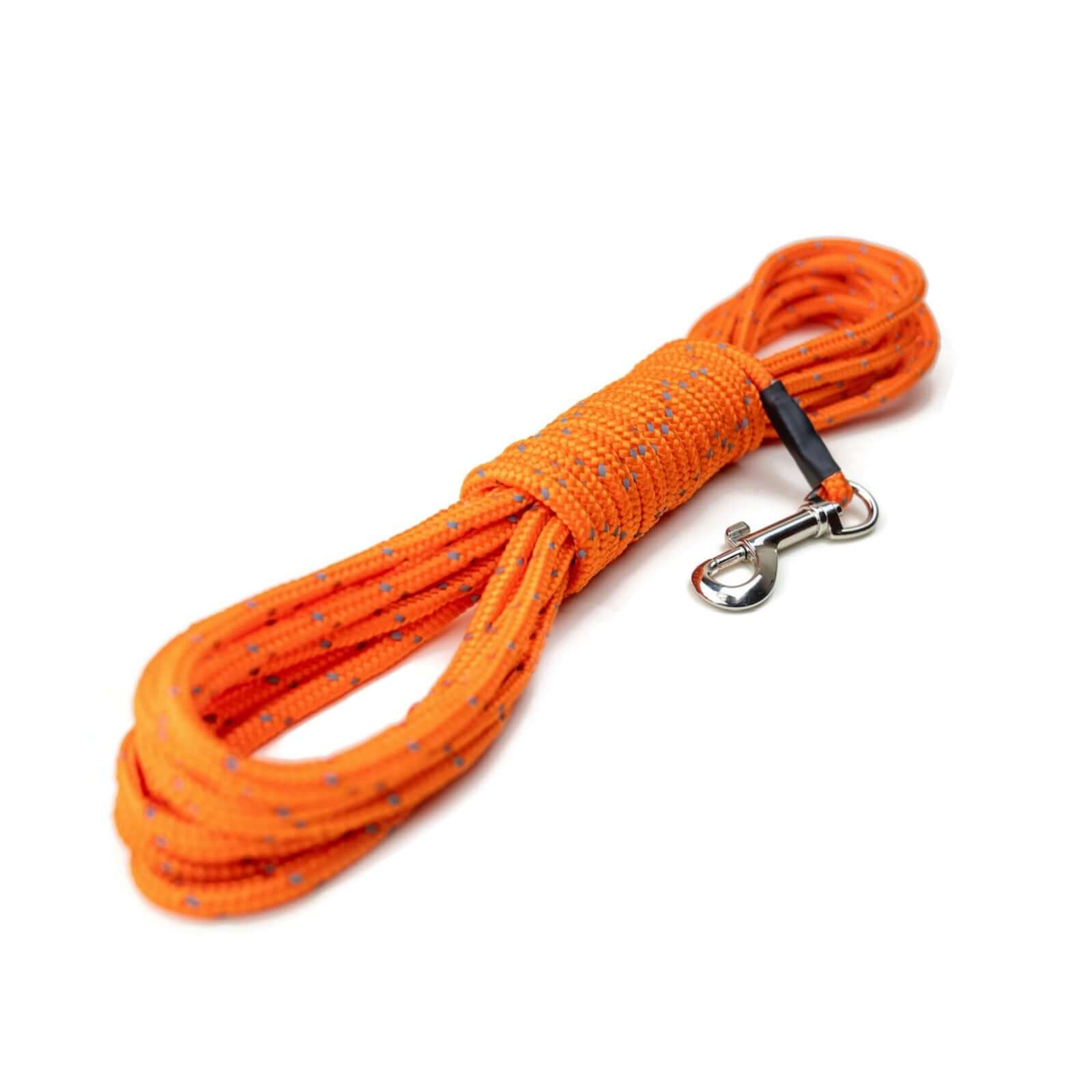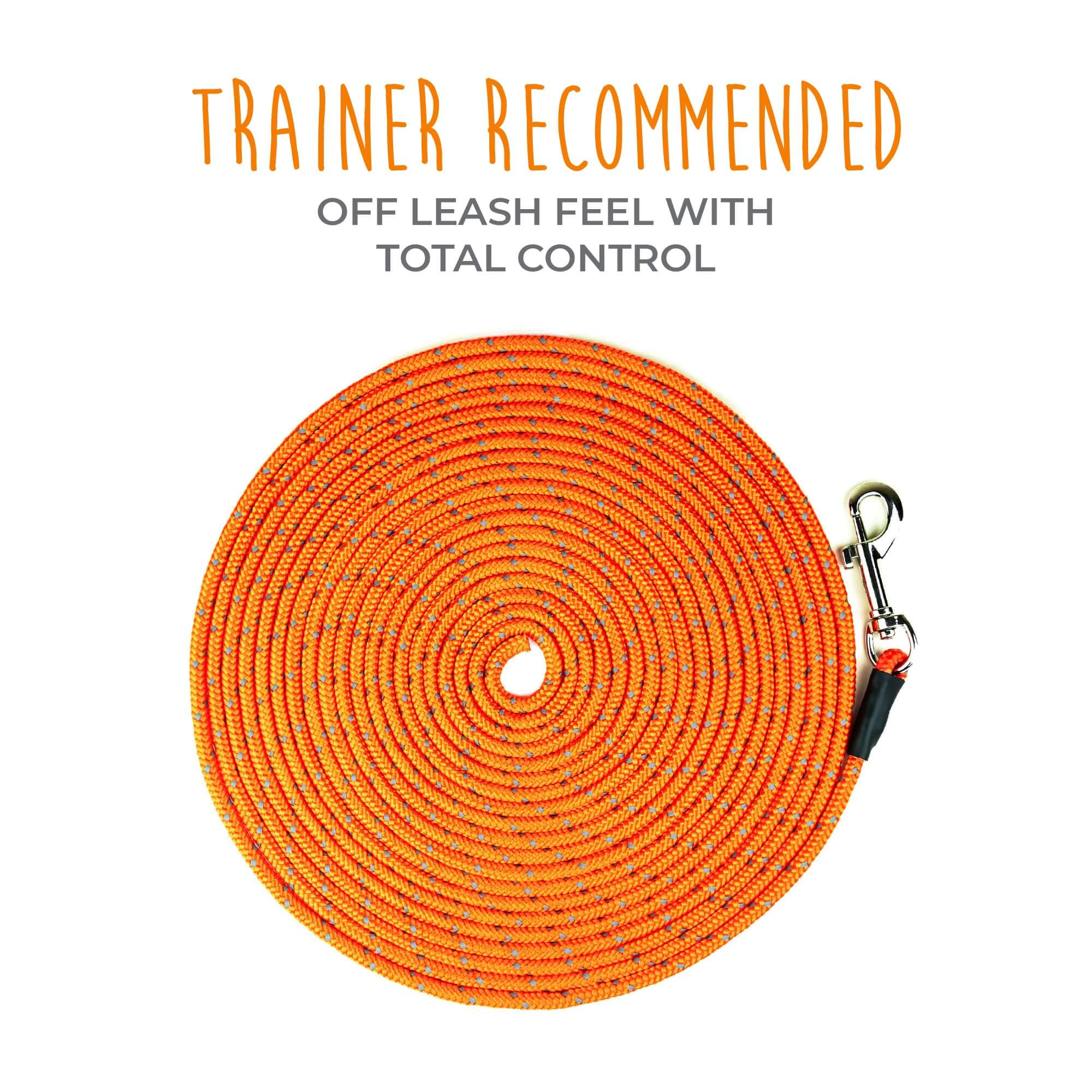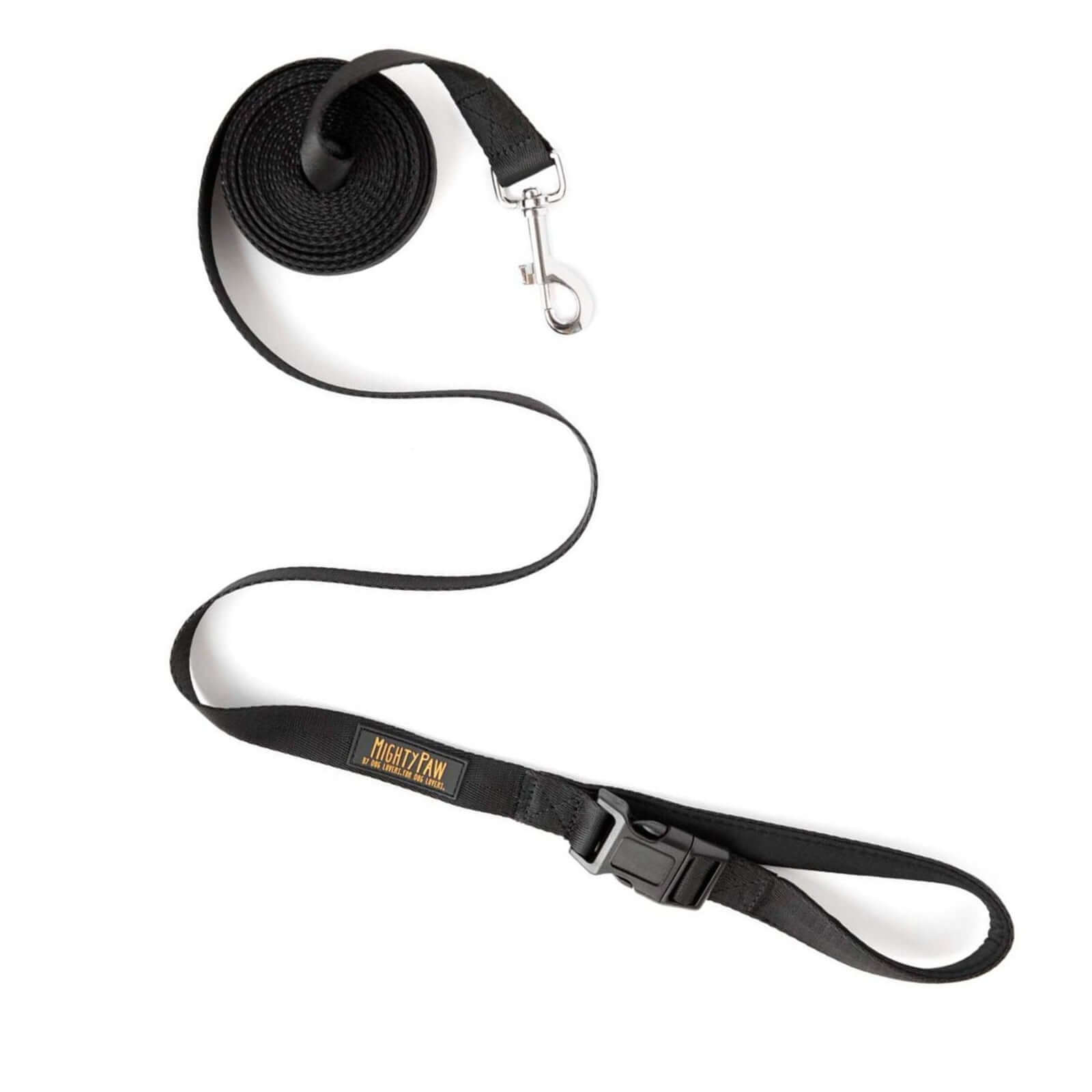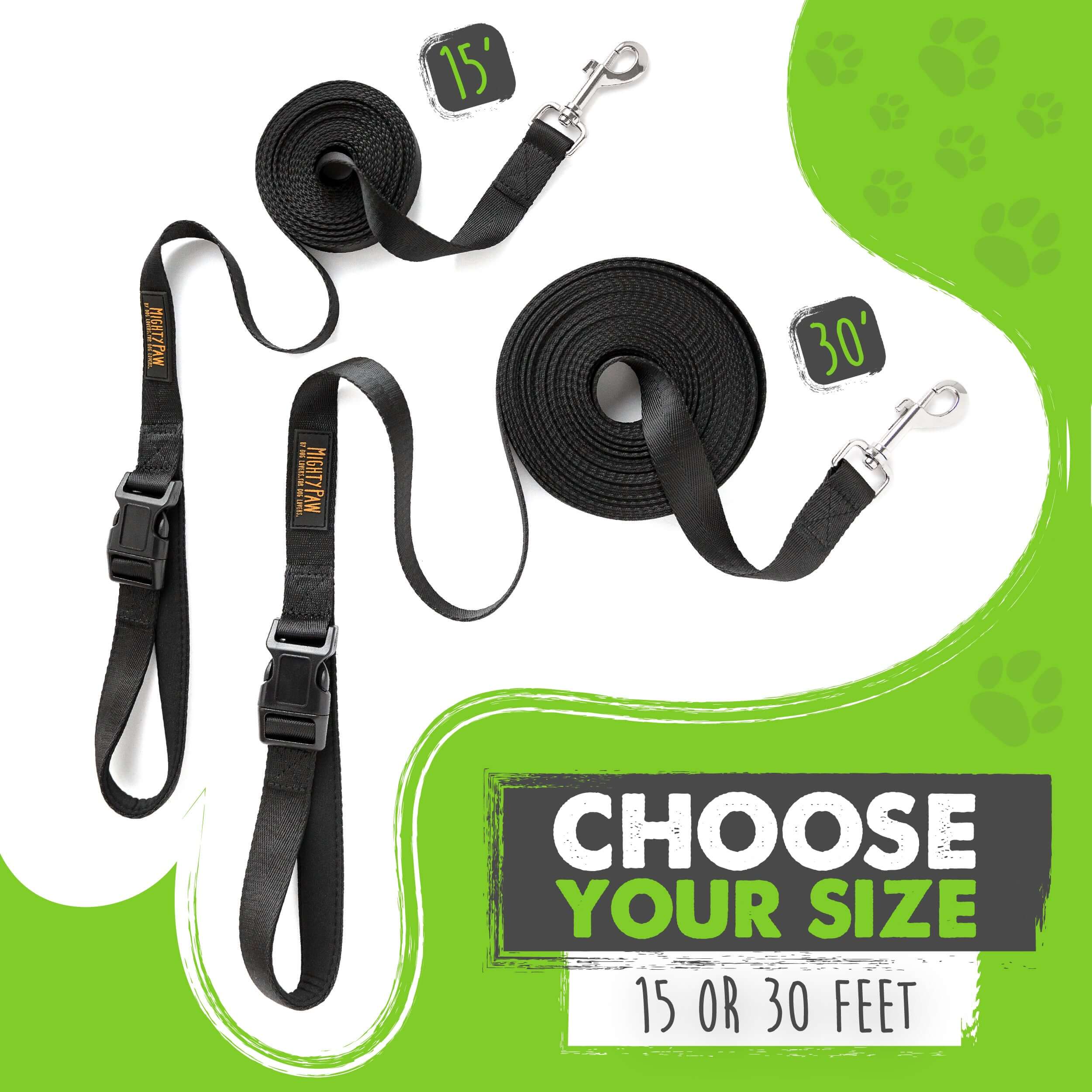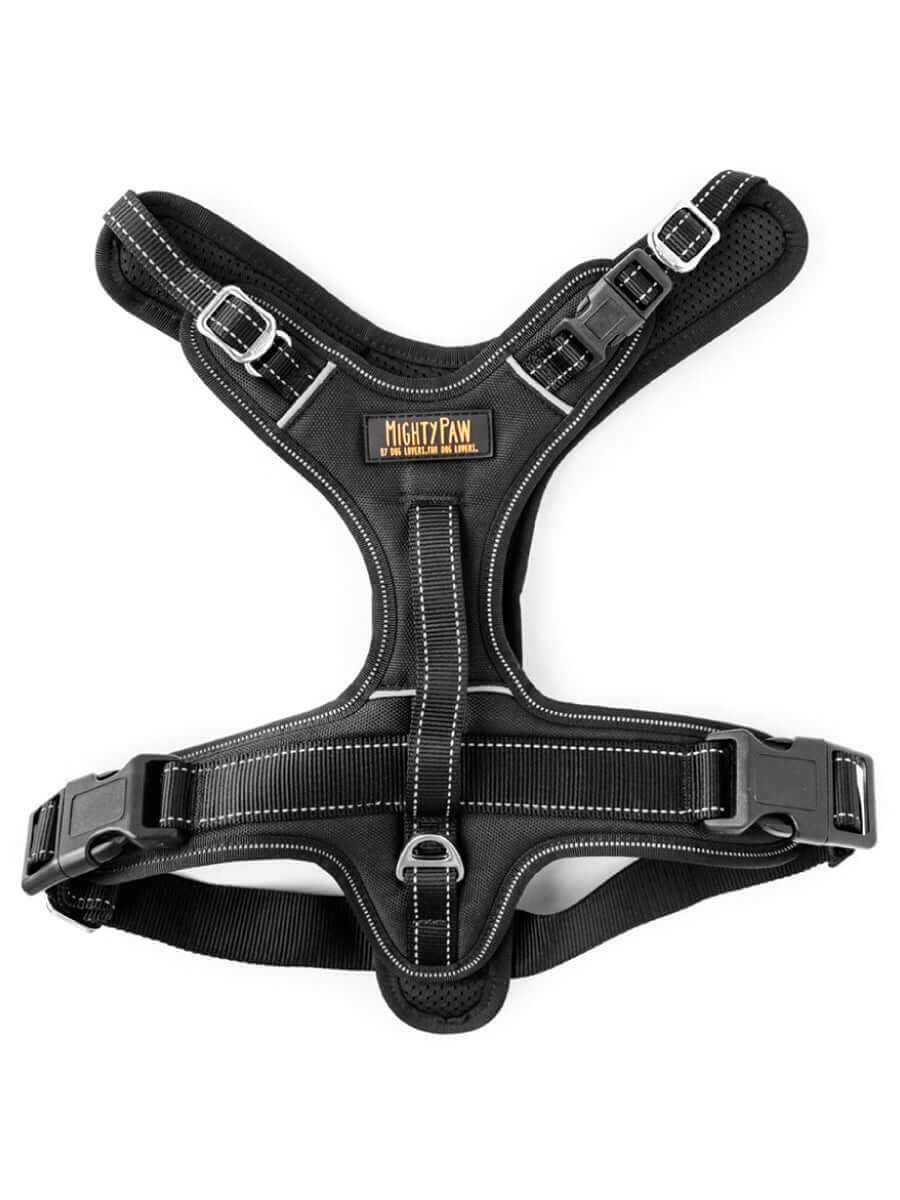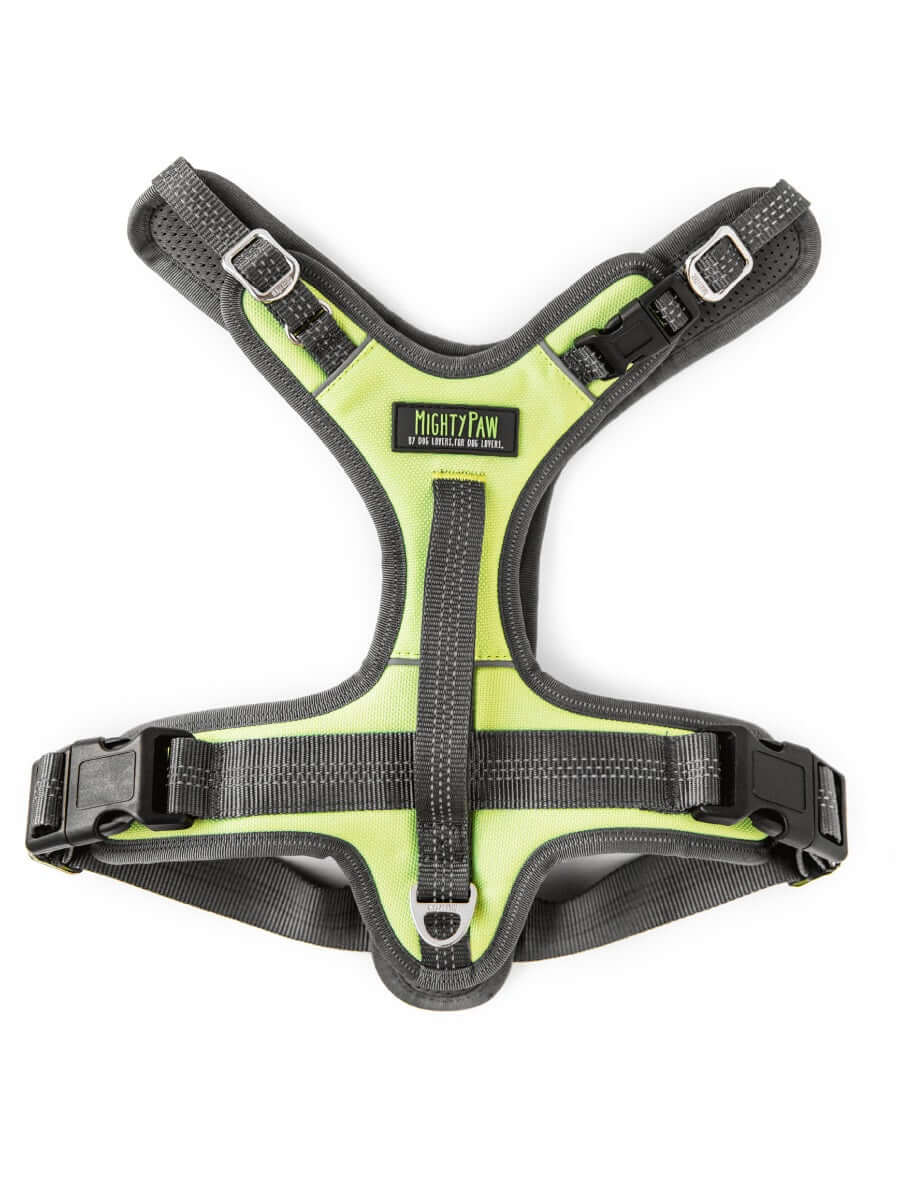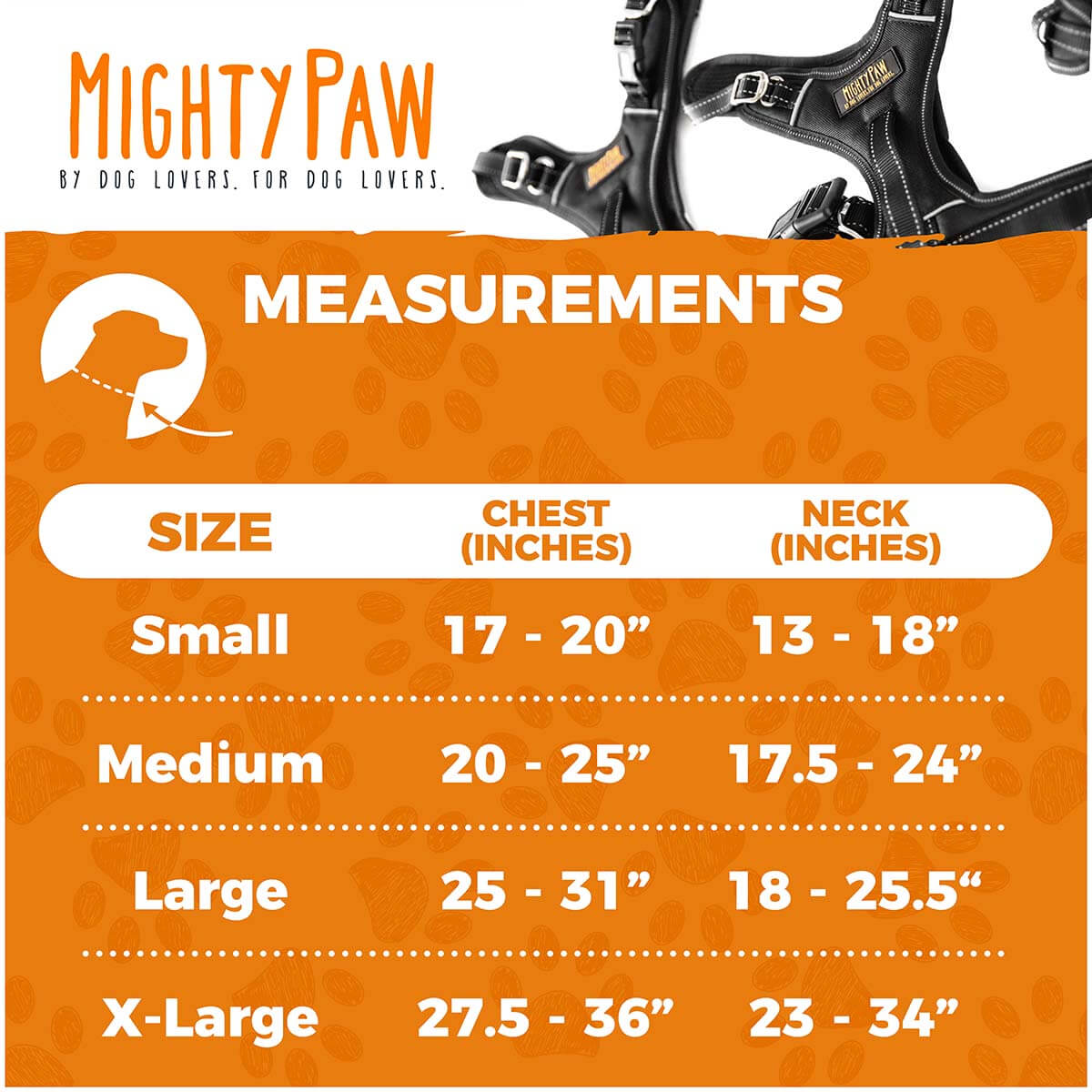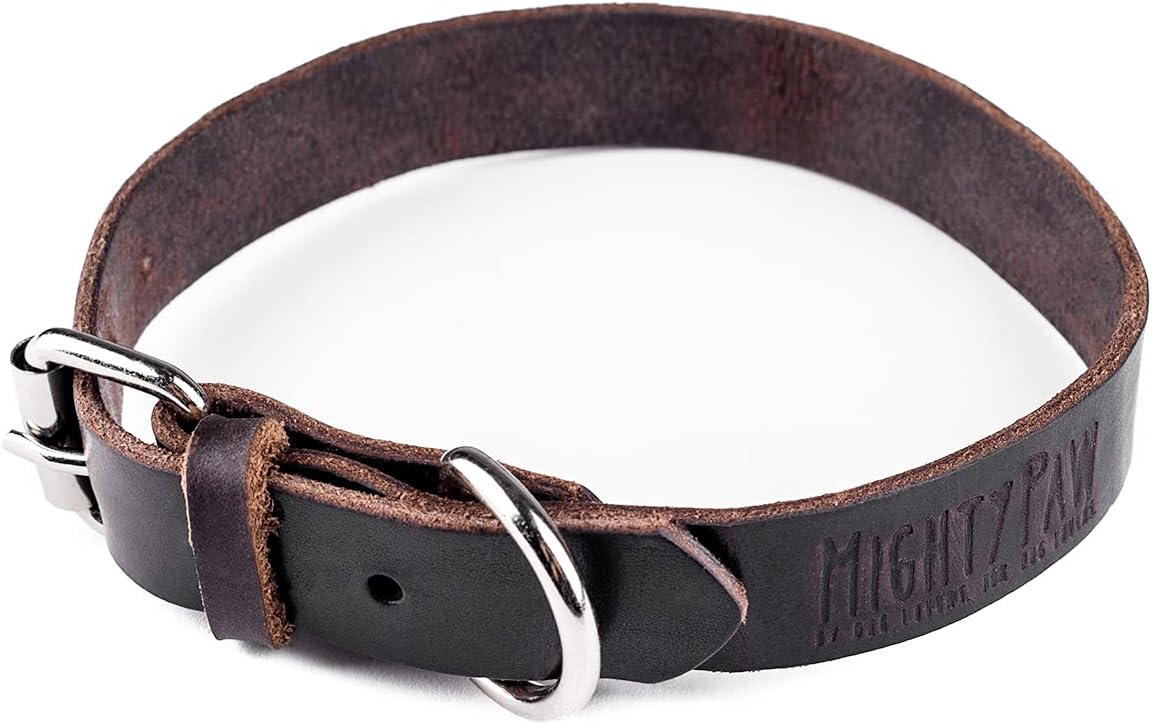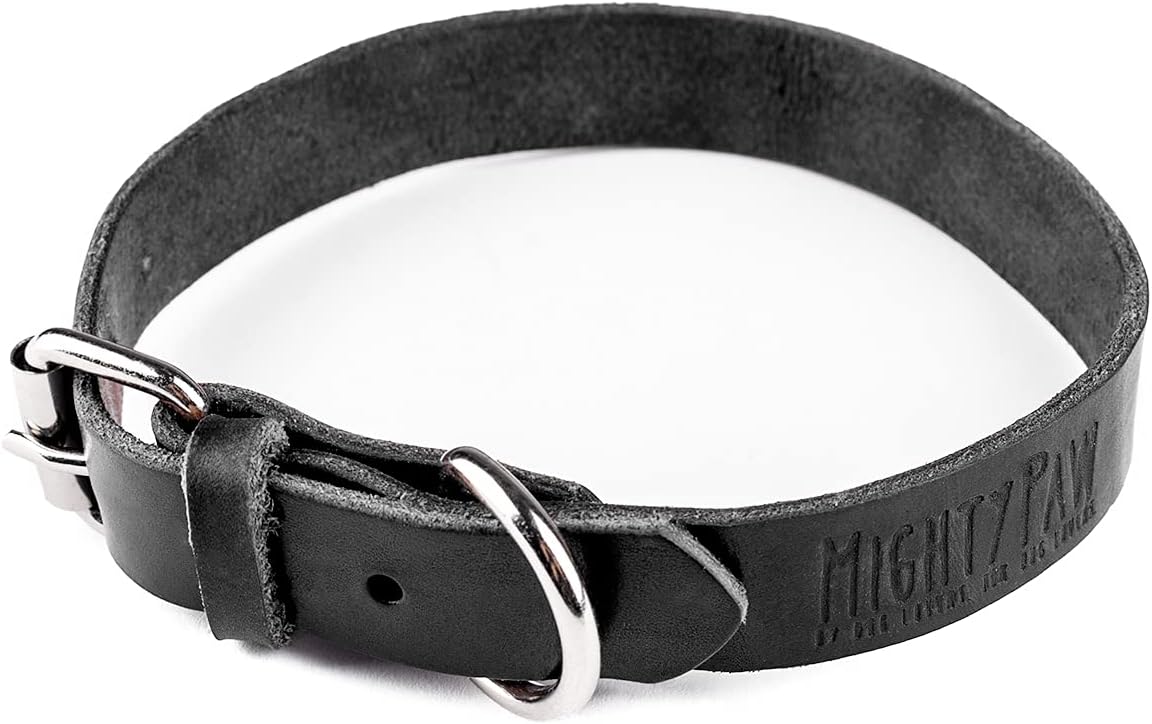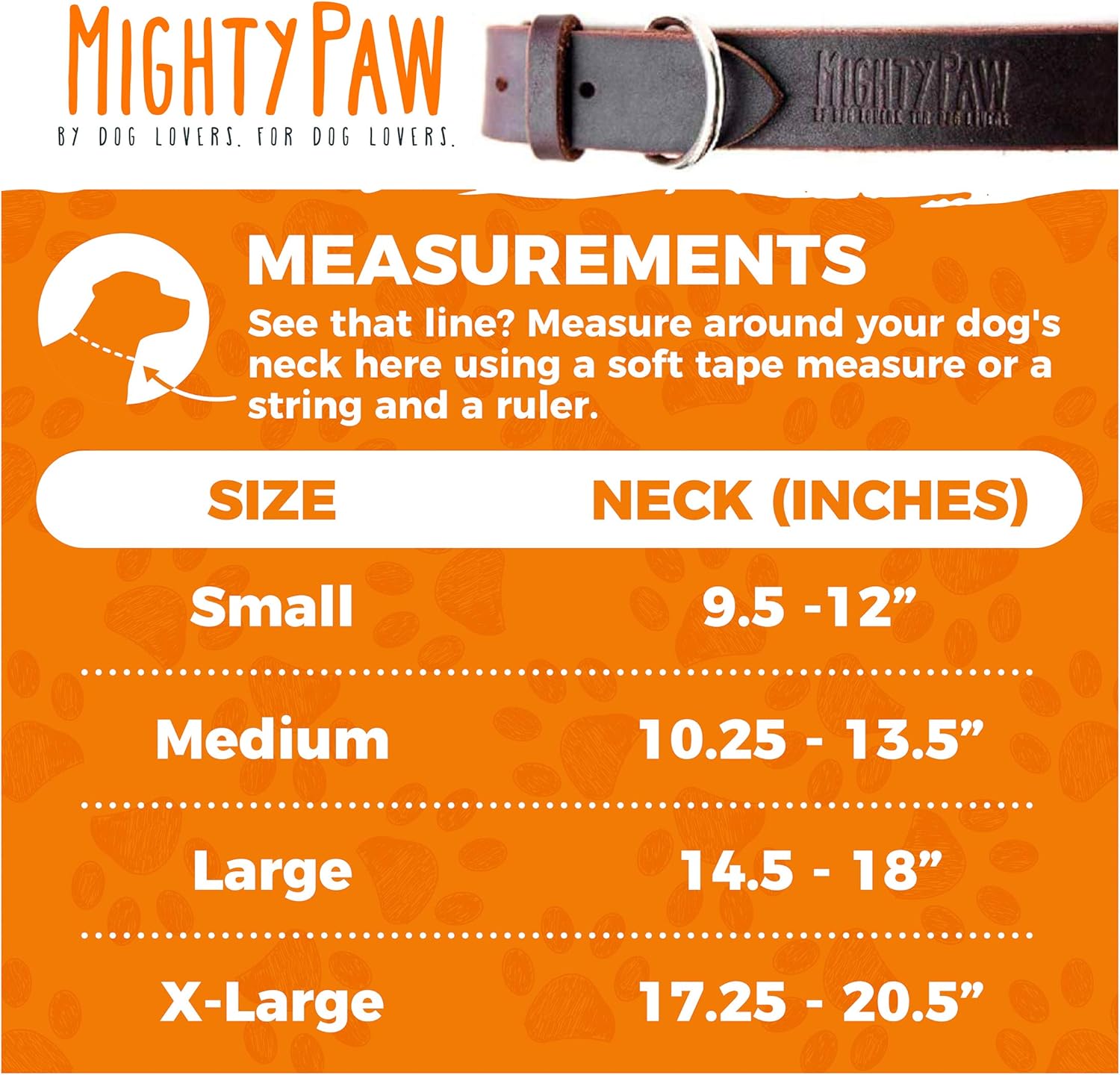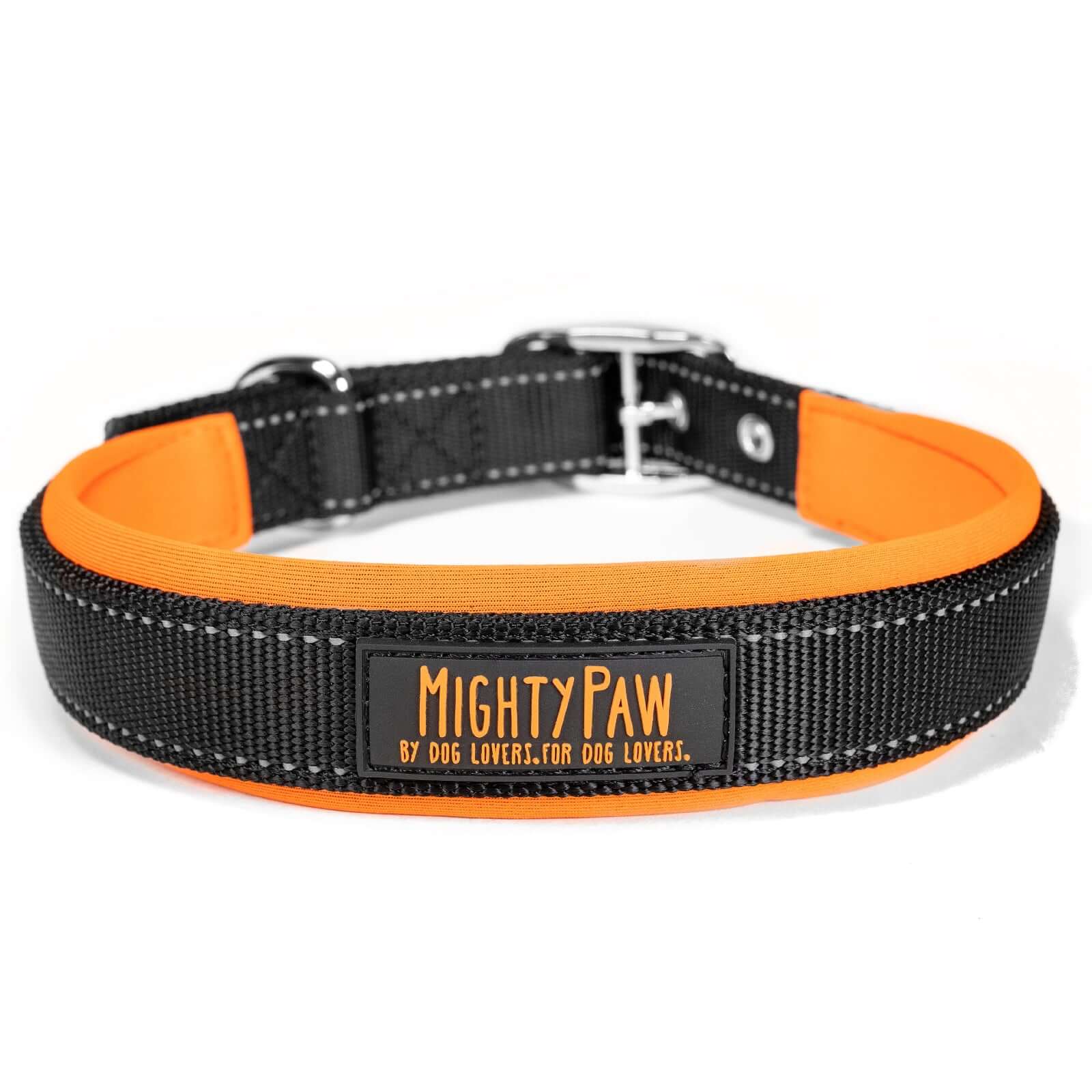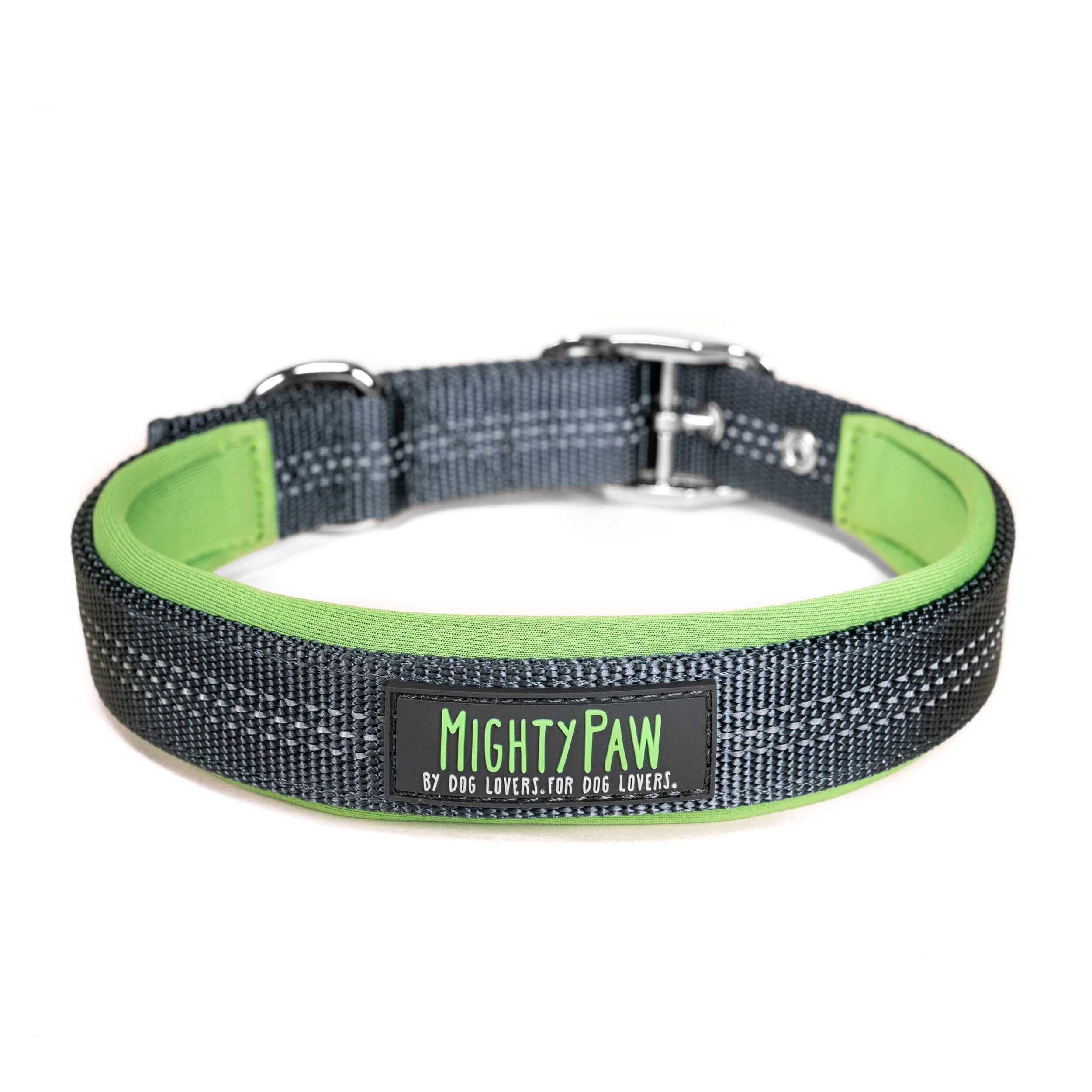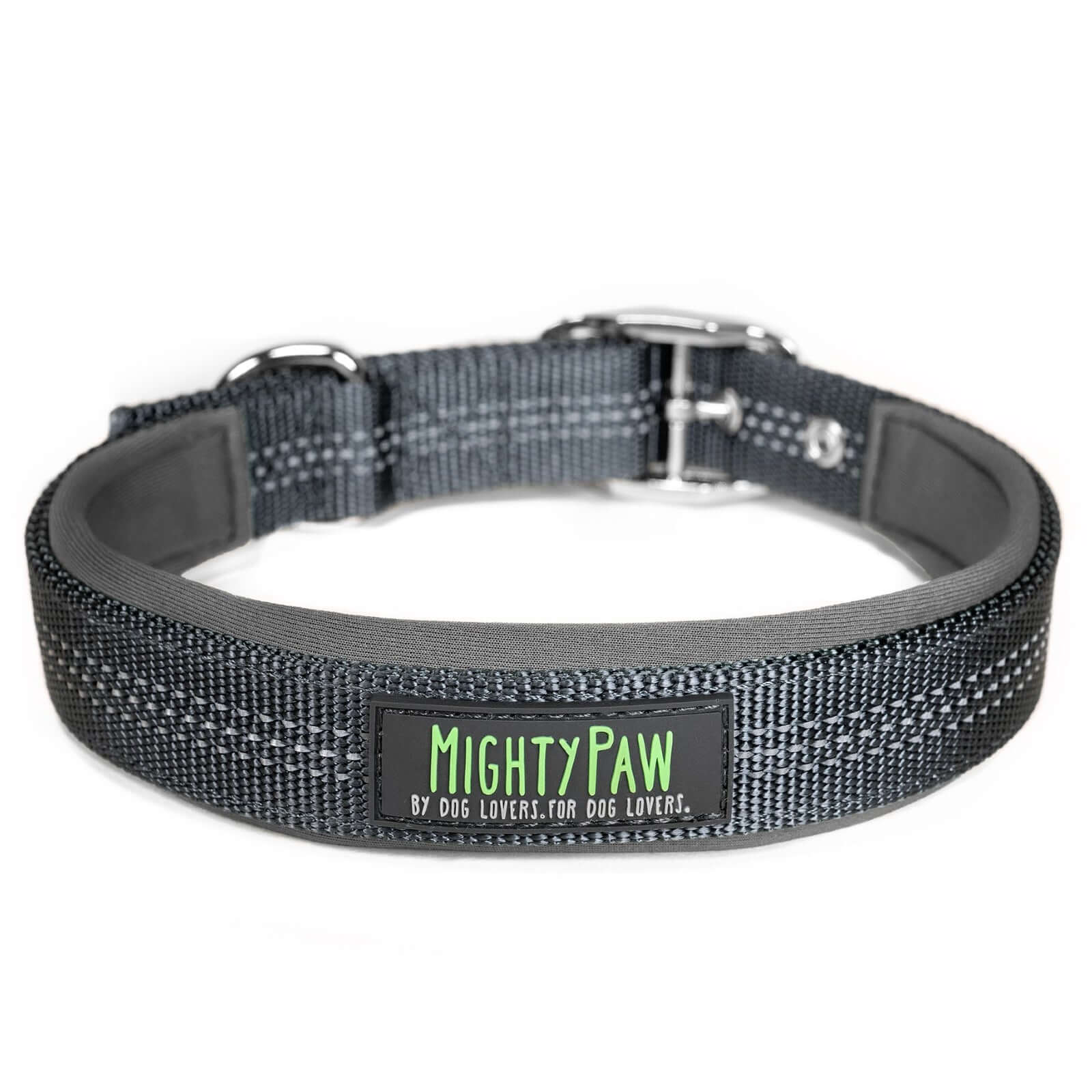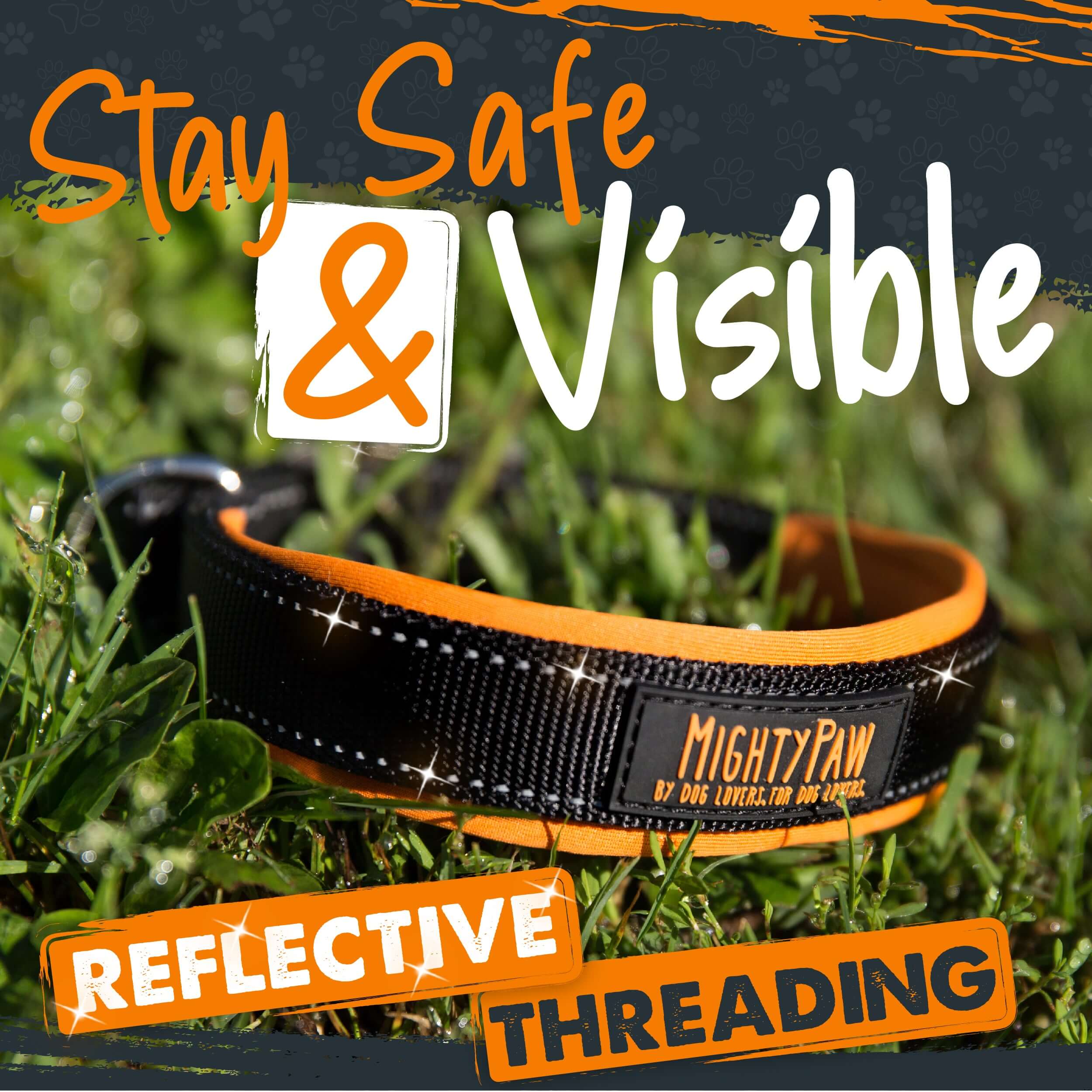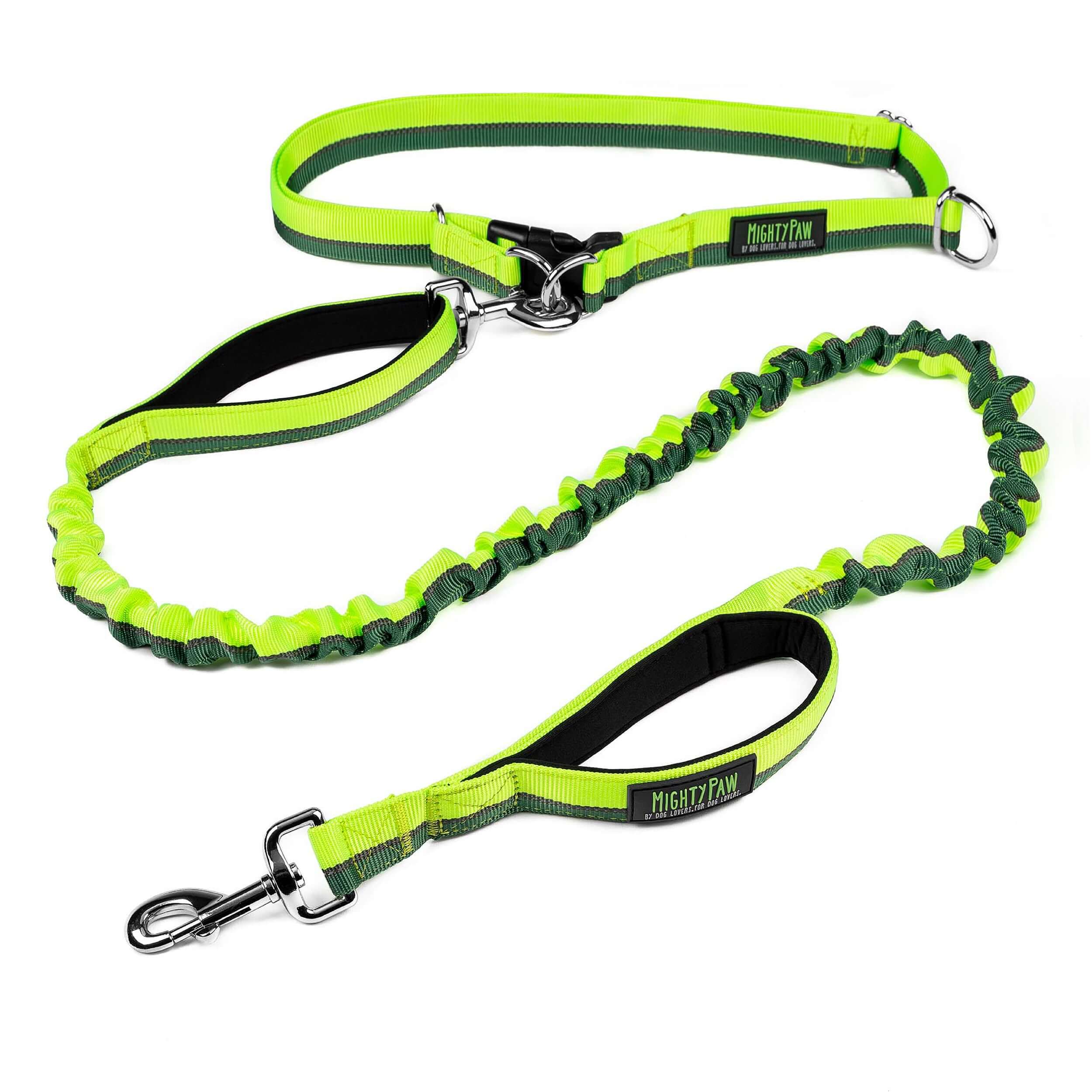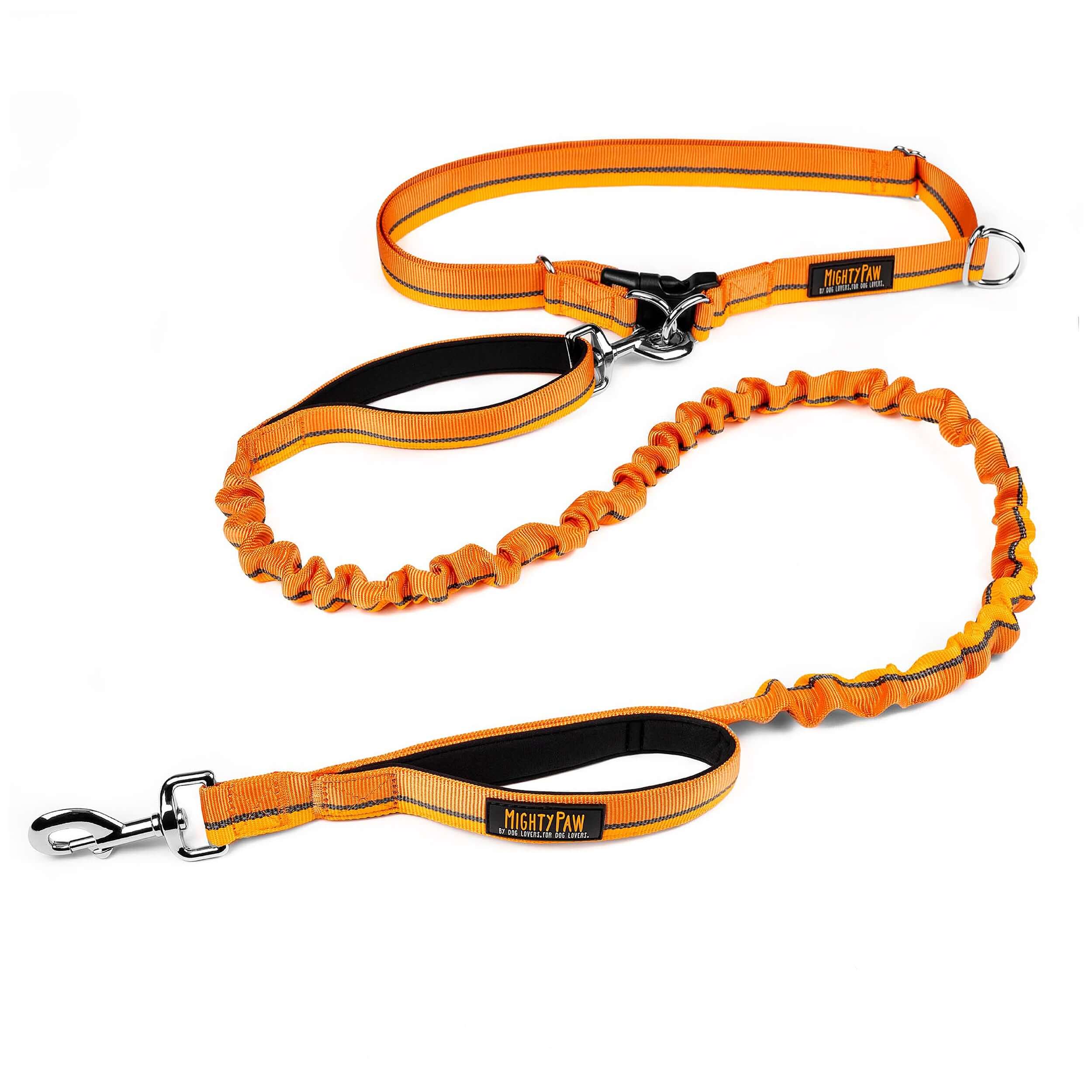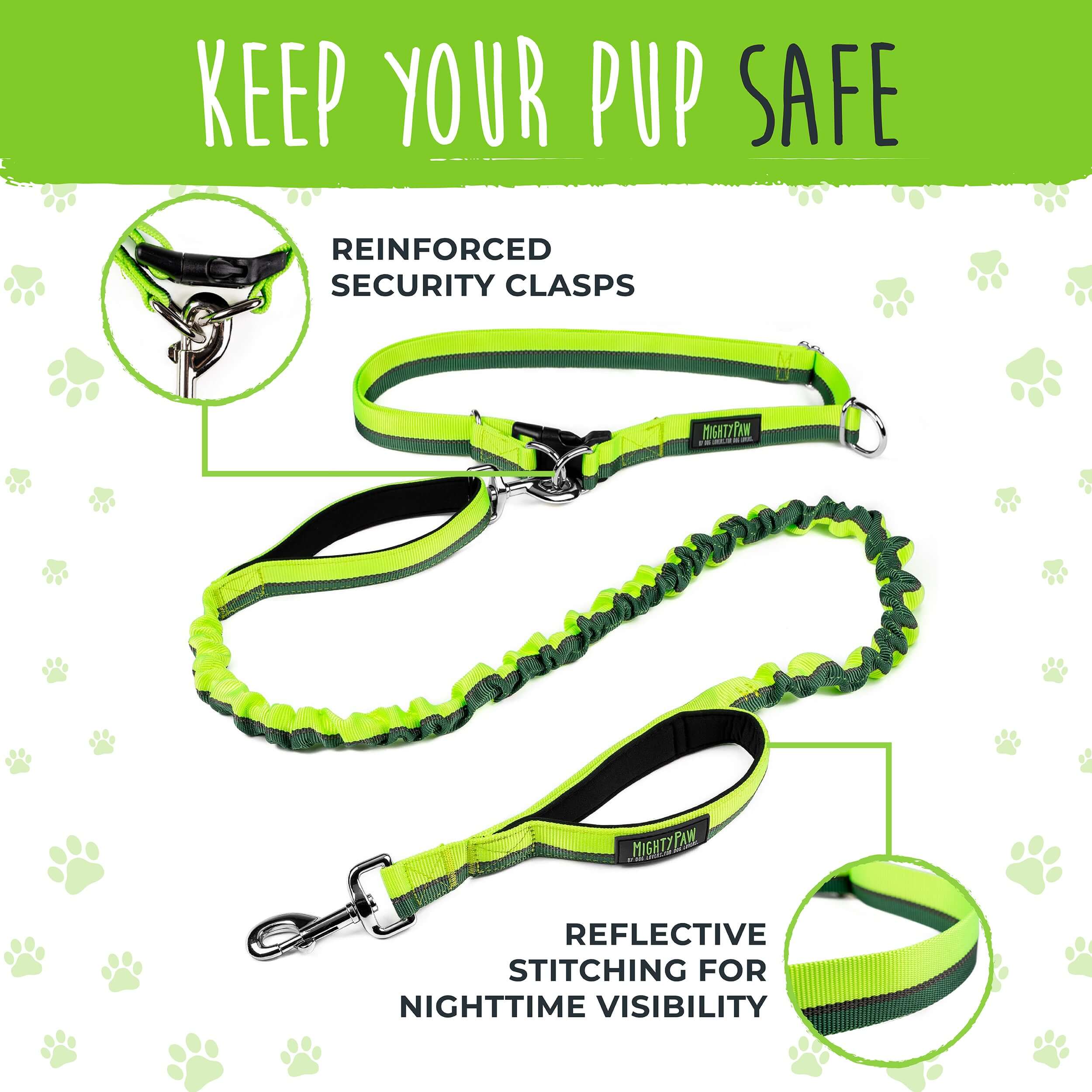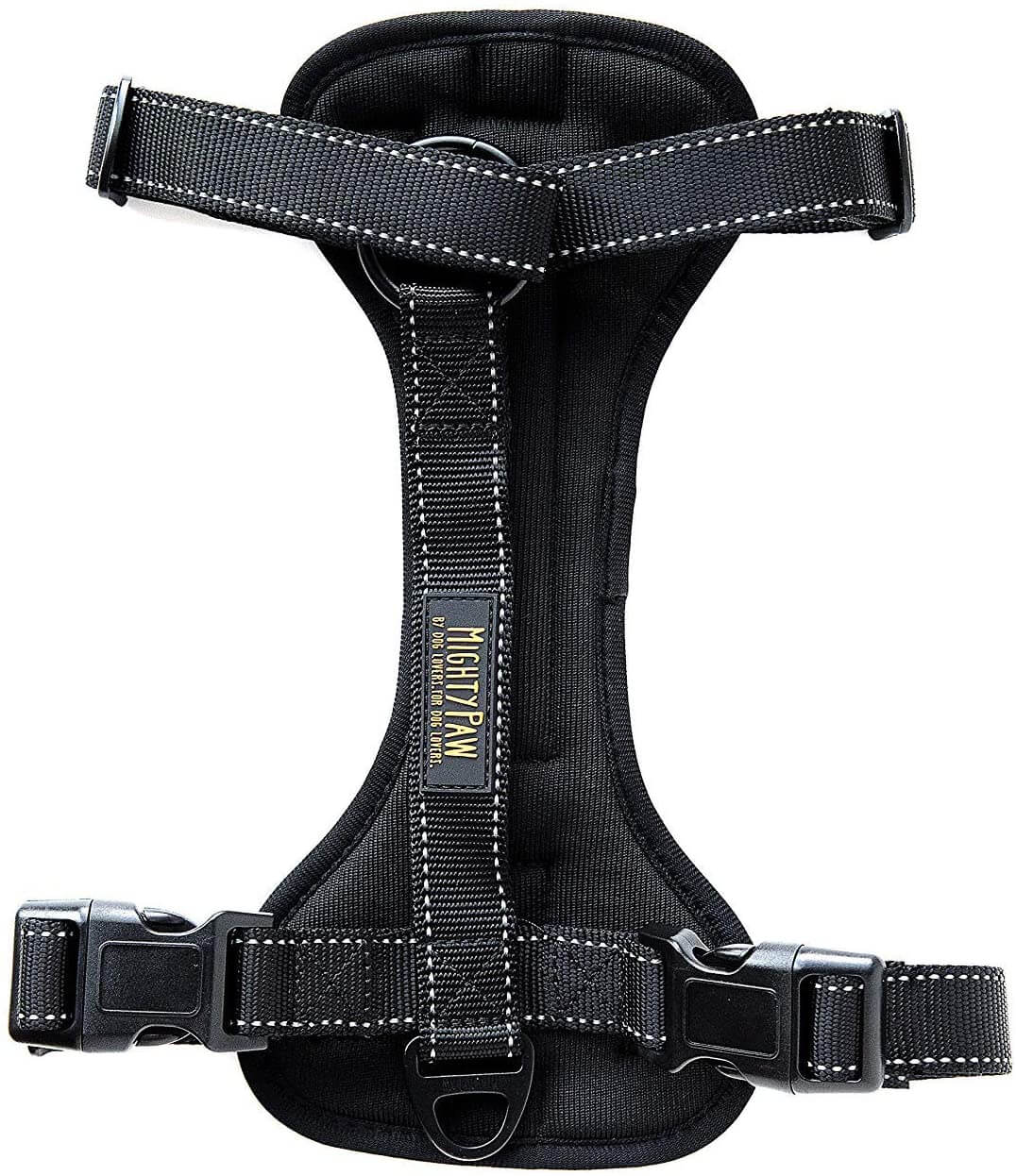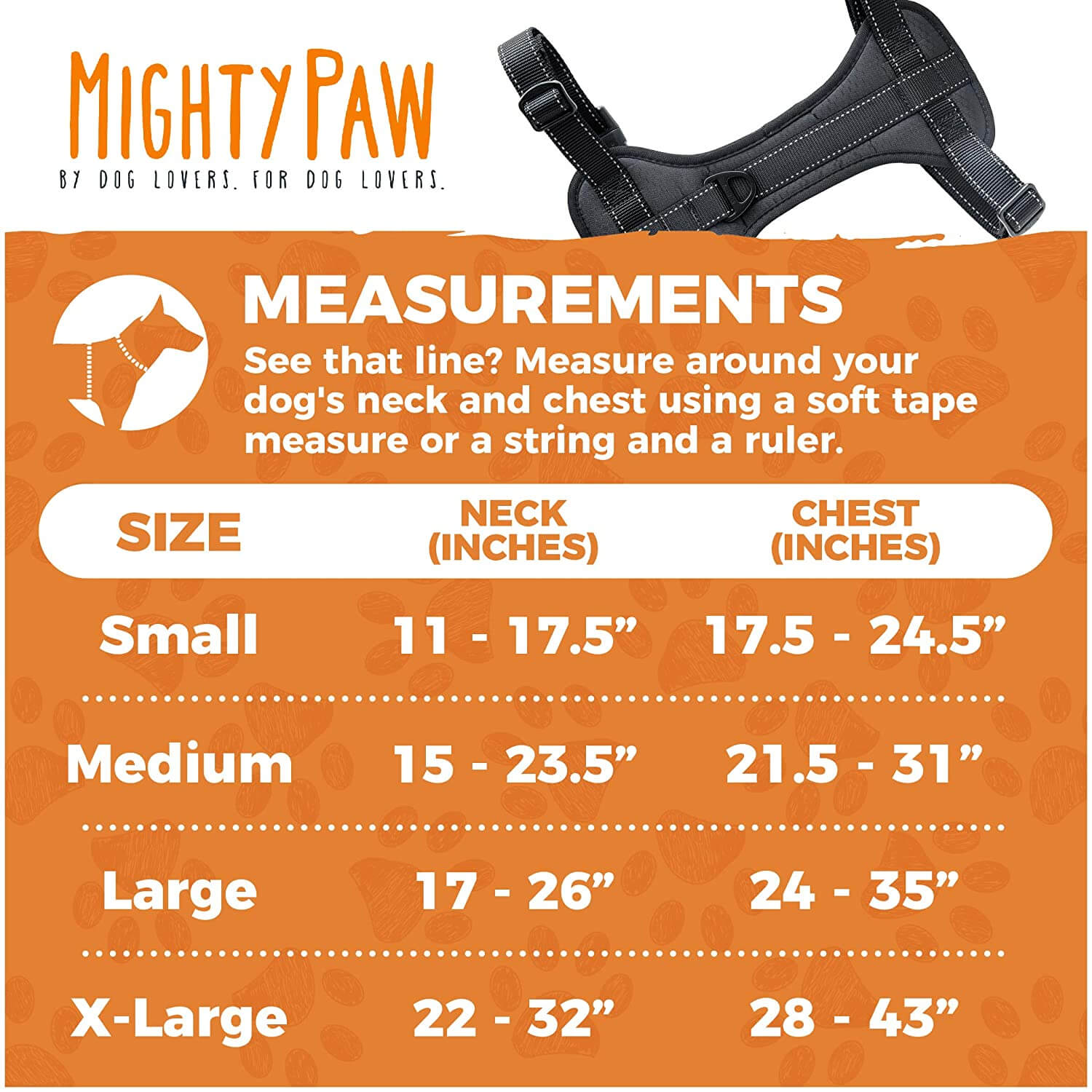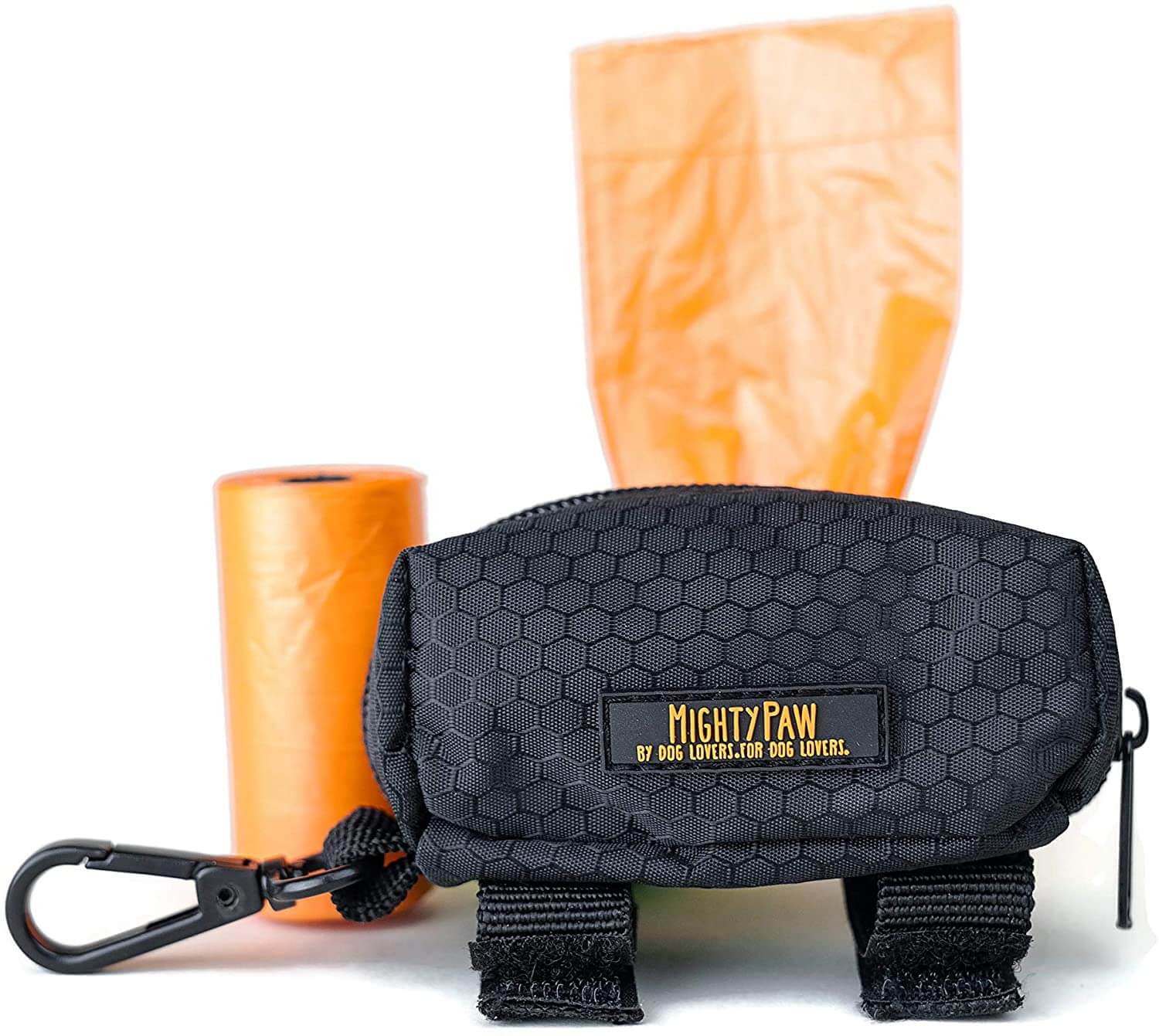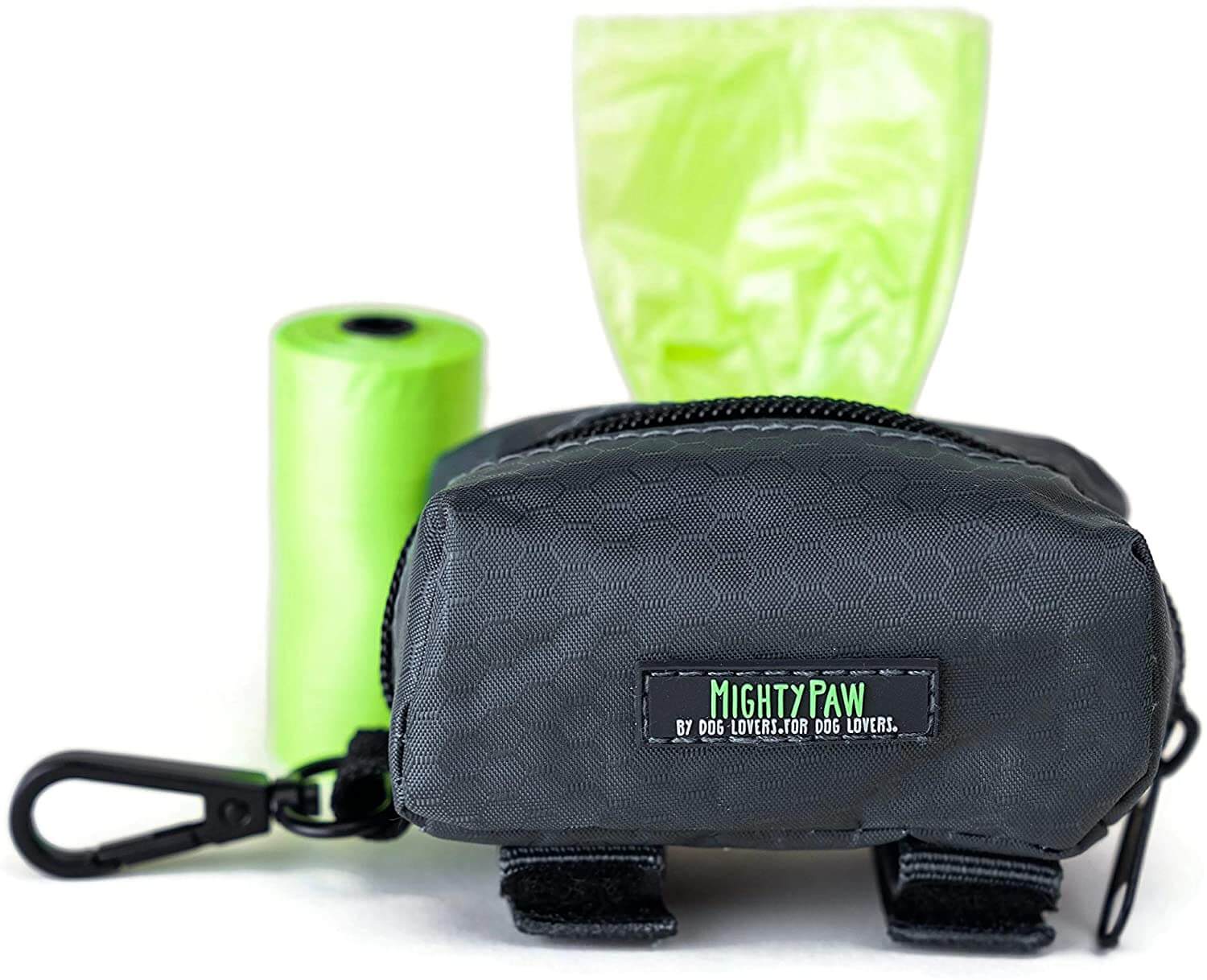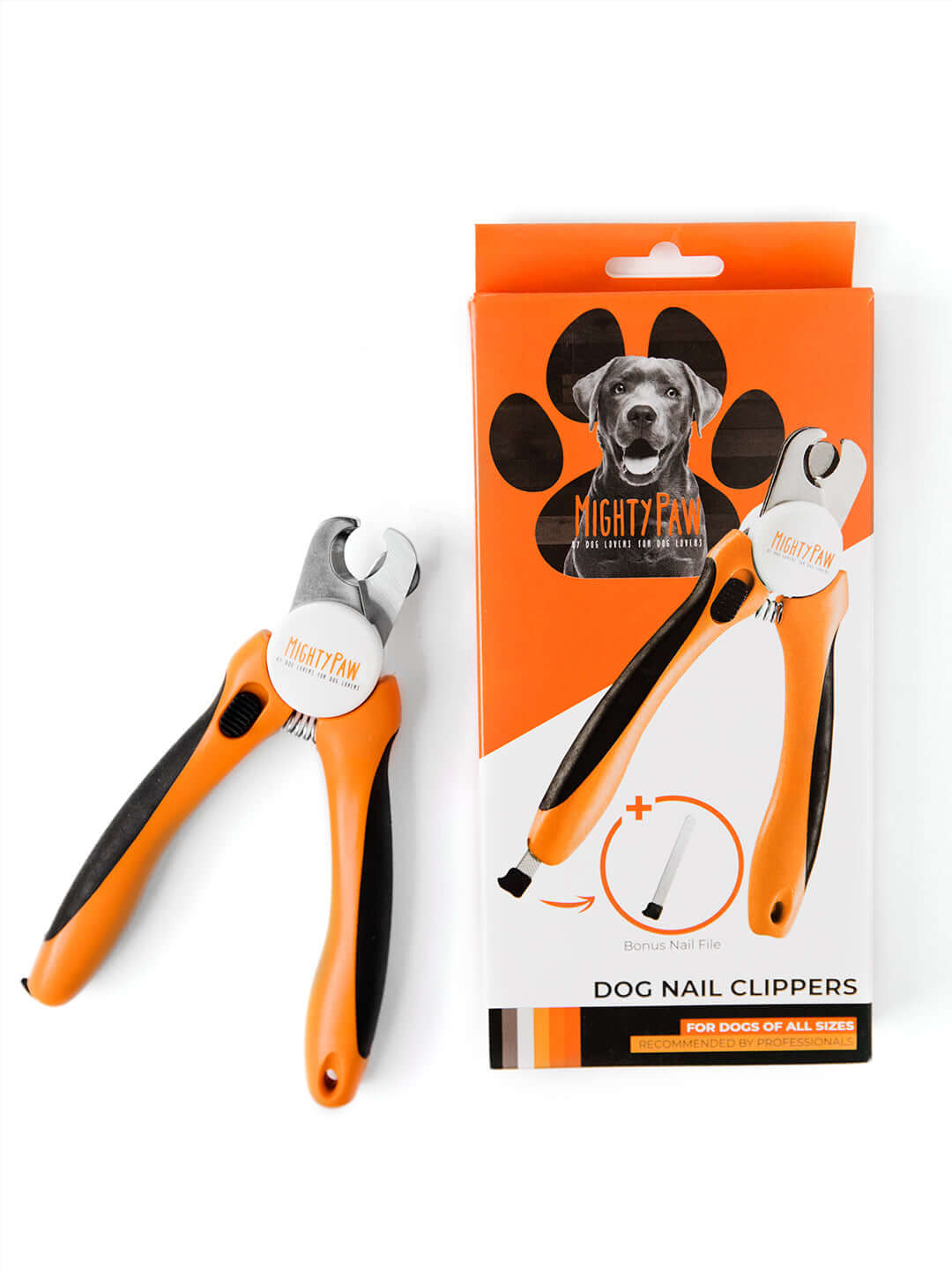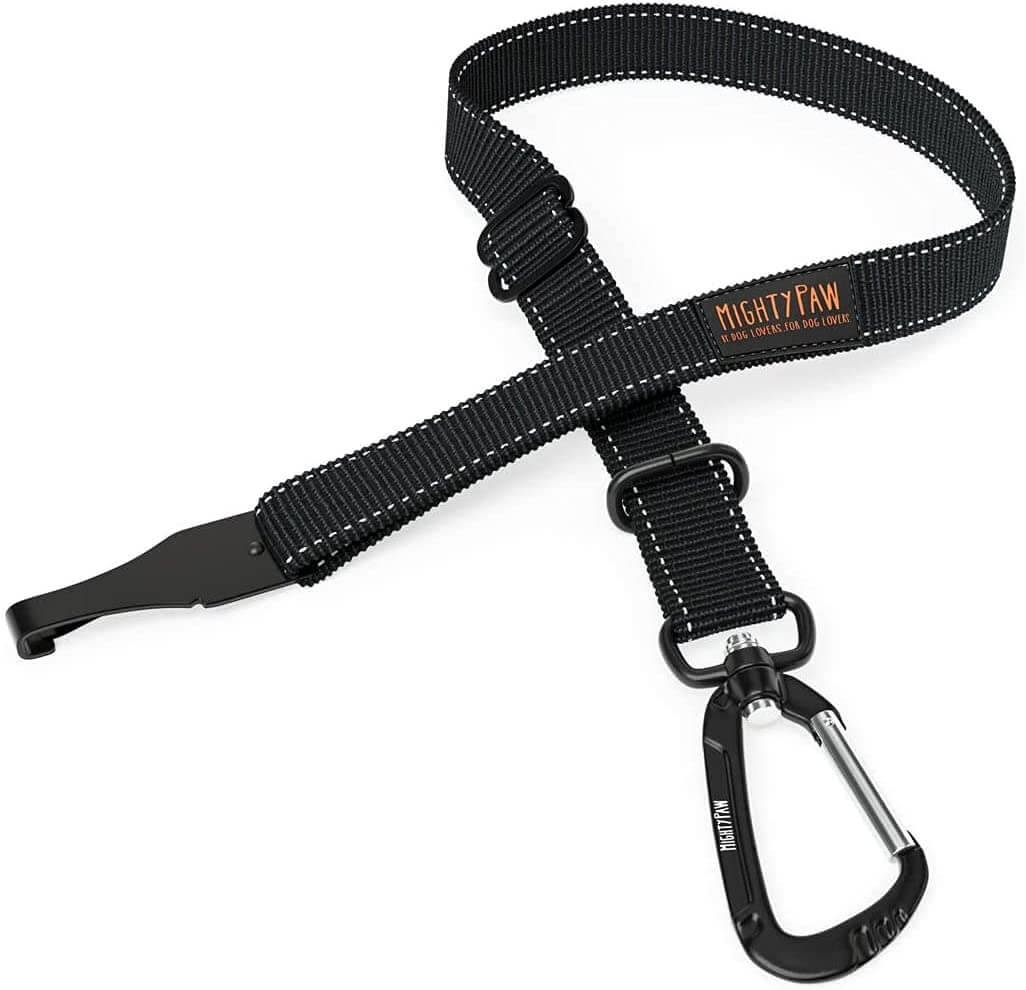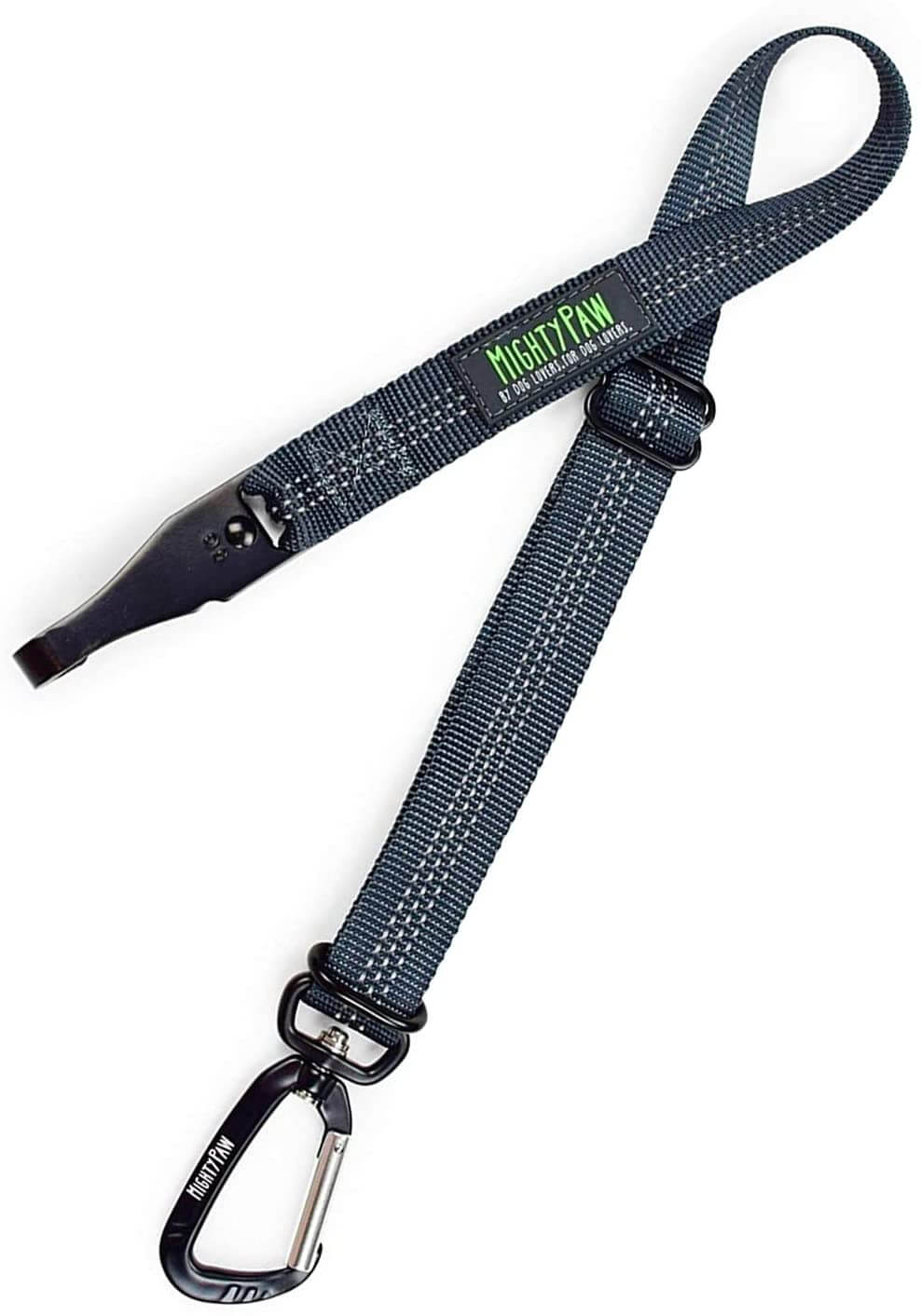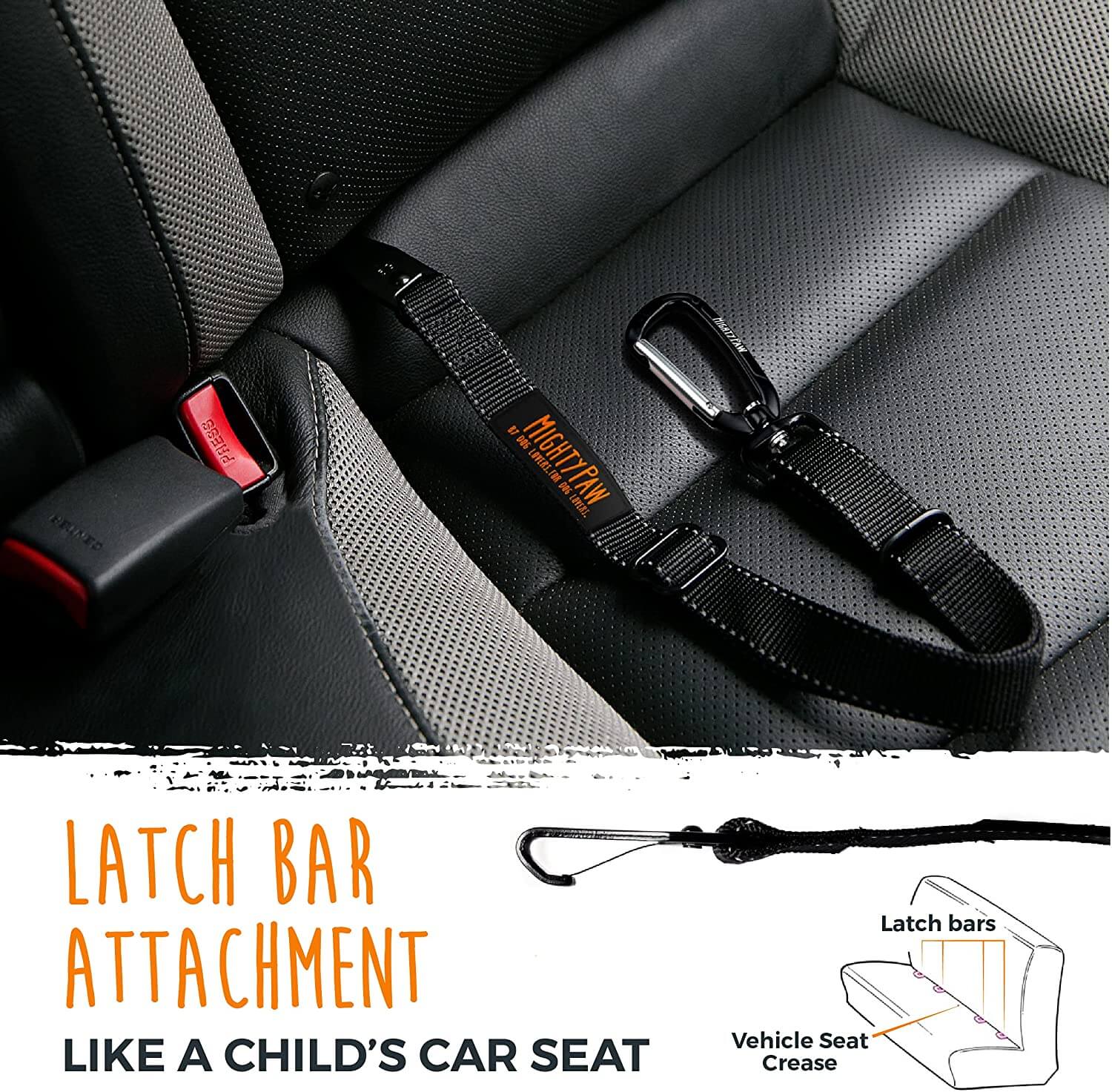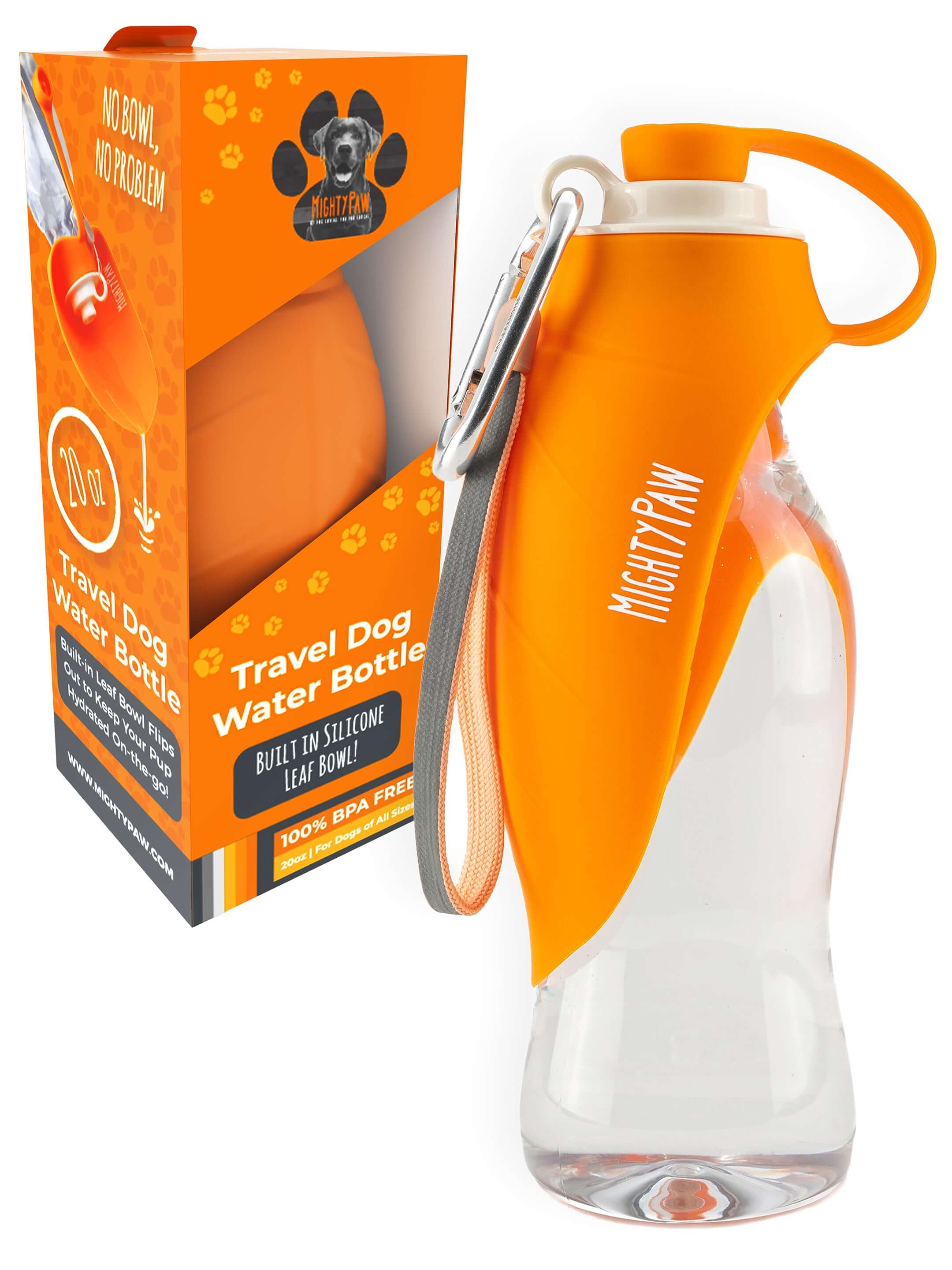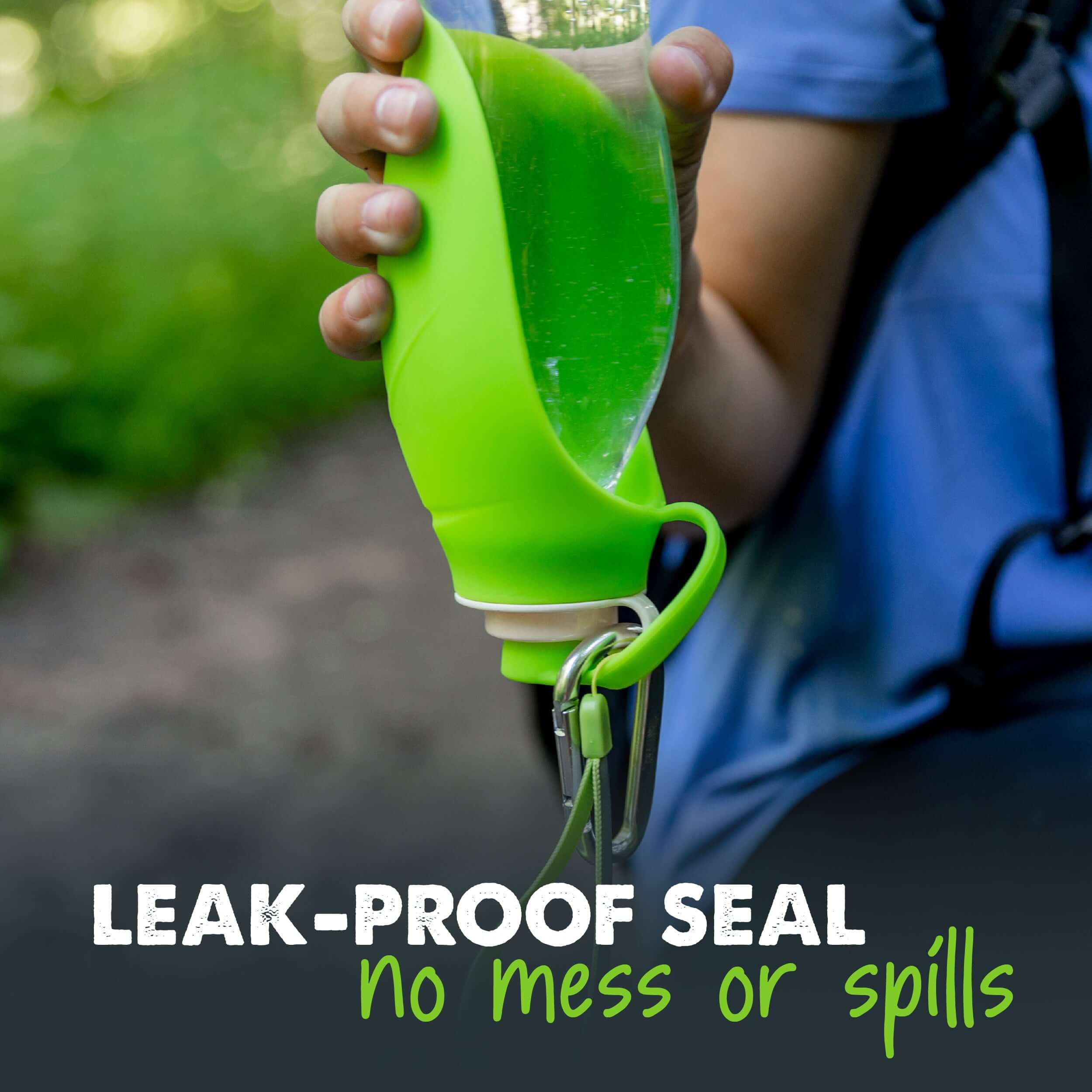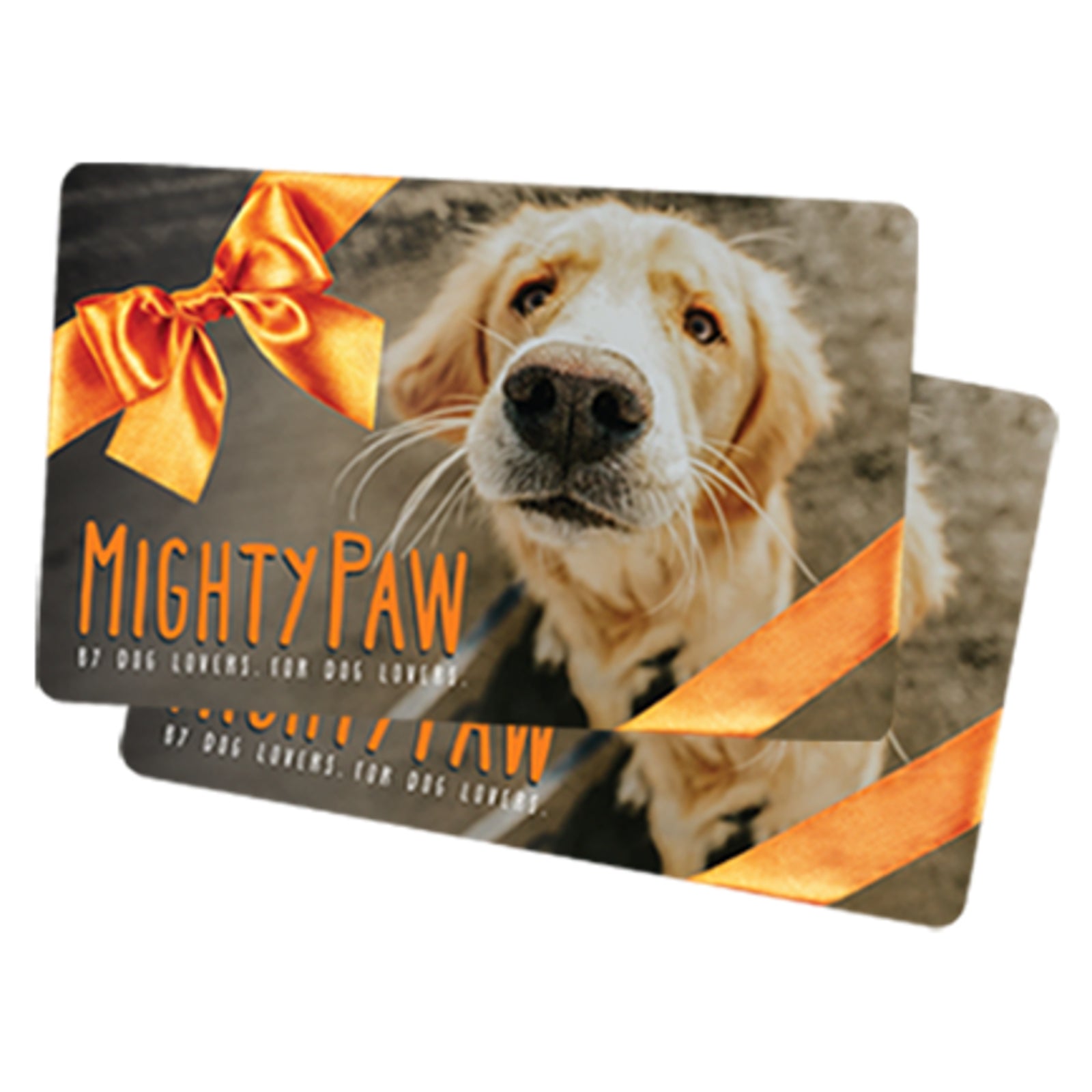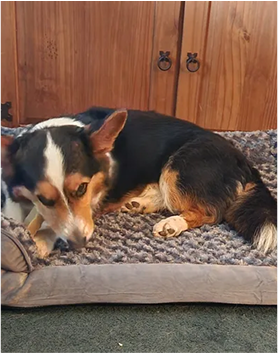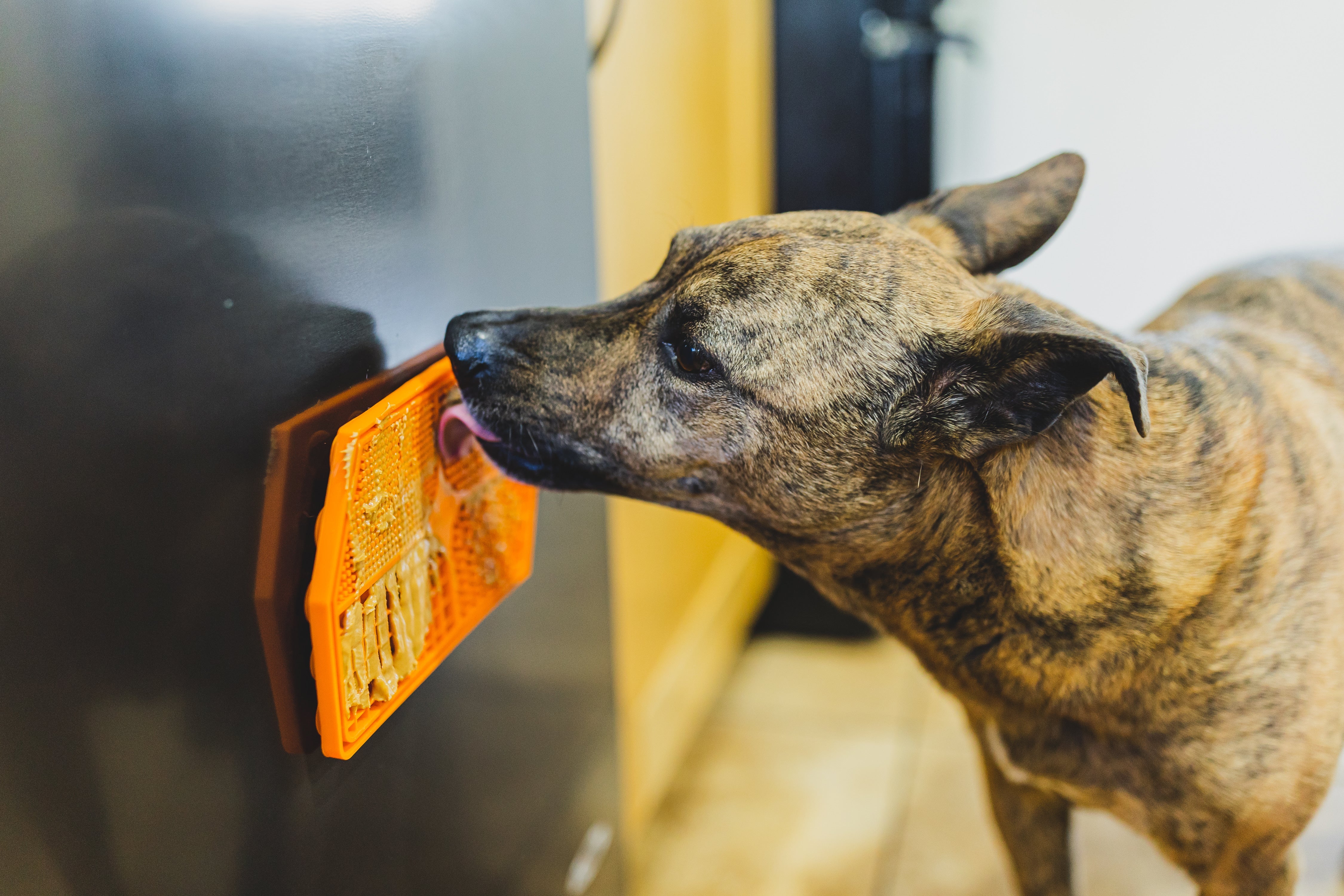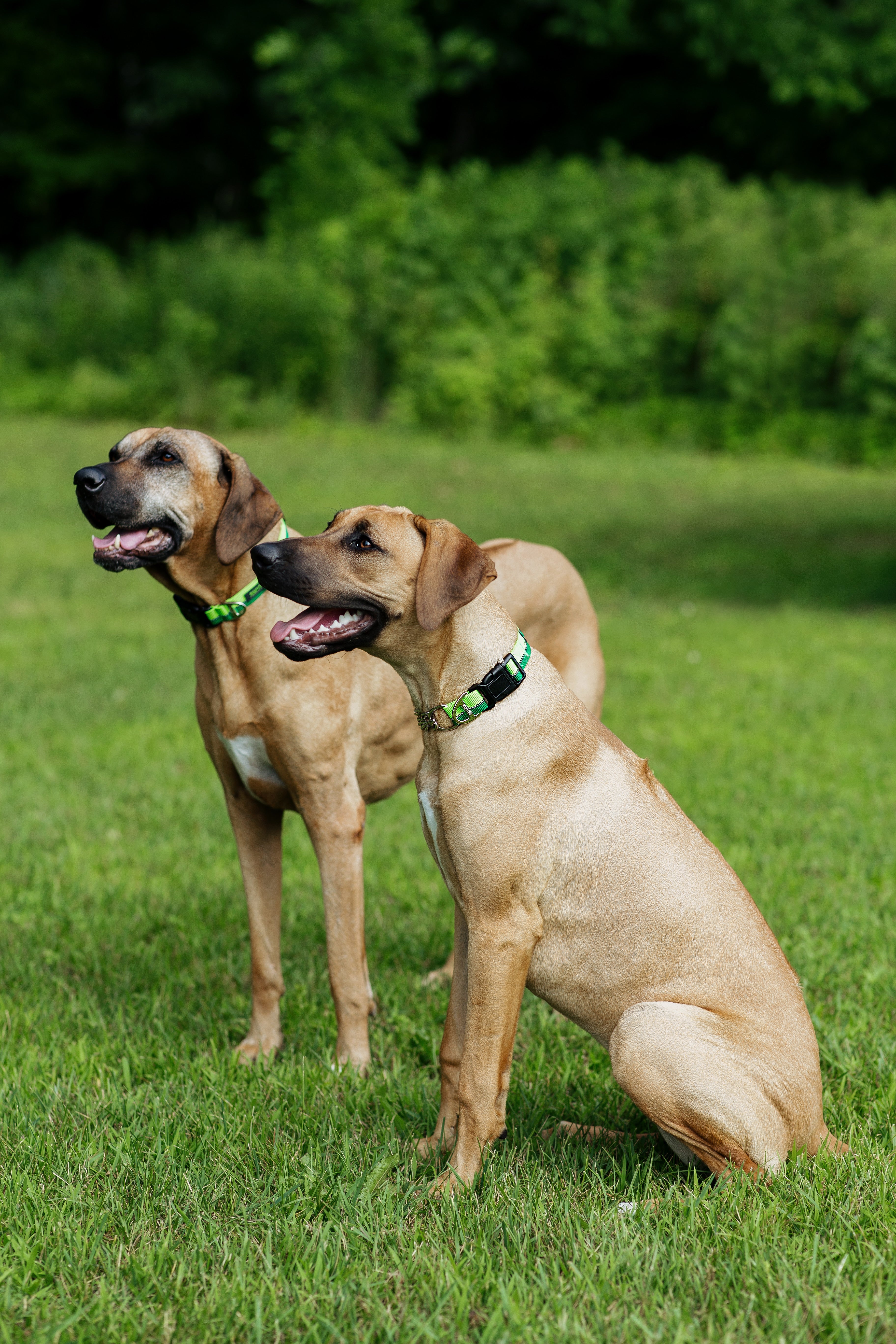A lost pet checklist

Losing your precious dog or cat can be every pet parent's worst nightmare. It's a heart-wrenching experience that often leaves us feeling powerless. But there are clear actions you can take to maximize the chances of being reunited with your beloved pup.
A proactive checklist that helps you rise above emotional distress and act deliberately and efficiently could be the difference between overwhelming worry and relief and joy.
Let's walk through each vital step you can take to bring your dog back home swiftly and safely.
How to prepare before your dog ever becomes lost
Step 1: Set yourself up for success now (before you desperately need to).
Before you ever lose sight of your dog, having certain protocols in place can make a world of difference when you need it. Here's how to get prepared:
1. Microchipping and identification tags: One of the best proactive steps you can take is ensuring your dog has a microchip. It's a permanent form of identification that can't fall off or become impossible to read as an ID tag sometimes can. Remember to regularly check your chip registration and ID tag to keep everything up to date and visible.
2. Detailed descriptions: Create a complete profile of your dog. Include specific markings, breed type, and even behavioral quirks that make your pup unique. This will be invaluable when you're communicating with others who may have spotted your stray pet.
3. Recent photos and videos: Keep a collection of up-to-date visuals, showing what your dog looks like from every angle. You should clearly show your dog's face, any special features/markings, and size. Videos help too by showing the way your dog moves or behaves.
4. Contact lists: Compile a list of local shelters, rescue groups, animal control, and veterinary clinics. That way you'll be ready to deploy your dog's info at a moment's notice.
Pro tip: Keep this list on your phone for quick and easy access.

What to do when your dog is lost
Step 2: Take immediate action when & if your dog goes missing.
You've already set yourself up to spread the word in the event your dog goes missing. Now you'll need to get the message out to as many avenues as possible as quickly as possible.
1) Notifying authorities: The more local, the better. Reach out to your municipal animal control, the local police department, your local animal shelter, and any relevant community group
2) Sharing flyers everywhere: Templates for your lost pet flyers should be readily available. All you'll need to do is fill in the specifics and start posting them within a 3-mile radius of your home. Think of people out and about in your neighborhood and places where dog people congregate: pet supply stores, dog parks, local shelter and shelter staff, grocery stores, veterinary offices, mail carriers. These are often the first ports of call for good Samaritans and can be pivotal in someone recognizing your dog's face.
Design: Your flyer should be conspicuous and eye-catching. Use bright colors and large, bold lettering for easy reading. A powerful image of your dog with the word "LOST" prominently displayed works wonders.
Encouraging Leads: Offer a reward on your flyers to galvanize community support and interest in finding your dog.
3) Putting social media and lost pet websites to work: The online space can have an exponential reach. Most communities have social media groups specific to the town or area. Share your dog's details on platforms that allow for local community sharing and on dedicated lost pet websites and apps.
4) Setting up safe havens: Place items that smell like home—a favorite blanket, a piece of clothing—outside your home. These "scent trails" can potentially guide your lost pet back home.
Time is of the essence. The first few hours are critical in the search for your lost dog. Here's an action plan to kick off your search.
Step 3: Mobilize your surroundings.
1) Local Canvassing: It's time to hit the streets. Gather friends, family, and other pet parents to form search parties. Always ensure that safety guidelines and permissions are adhered to when checking private properties.
2) Professional assistance: Reach out to professional pet search and rescue services if available in your area. They often have experience and tactics that can significantly improve the search effort.
3) Put technology to work for you.
Lost and Found Services: Register your dog with local and national lost pet services. They can act as a secondary hub for information dissemination and cross-referencing with found pets.
Apps: Leverage apps designed for lost pet collaboration and updates. These platforms use geo-tracking and community communication to optimize search efforts.
Surveillance Footage: Visit local businesses and ask your neighbors to see if they have surveillance footage that might have captured your dog's movements.

Step 4: Maintain hope and momentum during the search
The search might not yield immediate results, but persistence is key. Here's how to stay the course and maintain a proactive stance in your search efforts.
Keep hope alive.
1. Regular Updates: Continue to share updates about your missing dog. In the flurry of social media activity, it's easy for a post to be missed. Regular reminders can help keep your dog in the collective mind of the community.
2. Visibility at night: Don't halt the search at sunset. Equip volunteers with flashlights and create reflective tags that can make your flyers and your search parties visible in the dark.
Engage the community.
1. Thanking the helpers: Remember to express your gratitude to everyone who is assisting in the search—even if they haven't found your dog, they have dedicated their time and energy to help you.
2. Support groups: Join local or online support groups for parents of lost pets. There, you can share your experience, seek advice, or provide comfort to others who are in a similar situation.

Learn ways to manage stress and uncertainty.
It's natural to feel overwhelmed during a pet search. A couple ways to help manage the stress and endure throughout the uncertainty:
1. Personal self-care: You simply can't run on empty when you're searching for your dog. Remember to eat, sleep, and take a break when needed. You can't be there for your pup if you're not there for yourself.
2. Emotional support: Rely on your support system. Talk to friends, family, or even professionals if you feel the situation is taking a toll on your mental well-being.
Losing a dog is an experience no dog parent wants to go through, but by following these detailed steps, you can significantly enhance your ability to recover your beloved companion. During the search, stay organized, remain hopeful, and lean on the support of your community. Together, you can turn the anguish of a lost dog into the relief and rejoicing of a happy return home.
At Mighty Paw, we believe in helping you keep your dog safe, healthy, and happily by your side so you can live your fullest, best lives together. That's why we're dedicated to finding ways to help you bring more wellness to your dog's life, more actionable knowledge to supporting your dog, and more fun into your everyday adventures.
We're committed to providing high-quality products that are safe, durable, and practical for everything you need to keep your pup enjoying every moment by your side.


